Meeting the people who make Ferraris stick-shift again
Three pedals, two feet. Two hands, three points of contact. Zen and the Art of Stick Shift. Watching Arthur Bartosik slam a Ferrari F430’s bulbous shifter between six closely-spaced metallic slots, seeing his feet dancing between gas pedal/brake/clutch, clocking his right hand darting between the shifter and steering wheel, it’s clear he’s in the zone. You can hear it too, as the F430’s engine screams in internally combusted ecstasy. Car and driver are one. Yes but: Is manual better than paddle shift?
Ask Hagerty readers if ursine excrement is a woodland phenomena and they’ll give the same answer—despite Carmax claiming that just 2.4% of their cars are stick-shift. A significant—and let’s face it, fanatical—percentage of automotive enthusiasts view a “standard” gearbox as the sine qua non of their pistonhead predilection. In other words, if you can’t drive stick, you ain’t …
Hence Porsche—home of the lightning-fast and insanely intuitive PDK paddle shift gearbox—offers the new GT4 and GT3 with a manual. Toyota’s new Supra has a “row your own boat” option on the way, too.
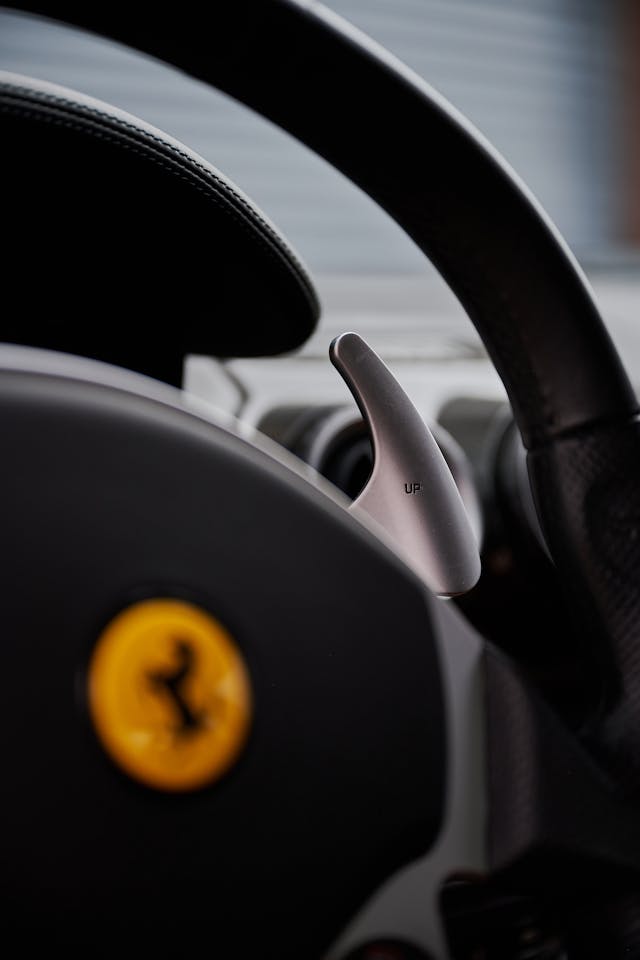
Comparing a six-speed manual Ferrari F360 or F430 to the same vehicle equipped with Ferrari’s groundbreaking F1 paddle shift leaves no room for debate. The F1 gearbox sucks. Look ma! No torque converter! The F1 system is a manual transmission controlled by a computer. Are we surprised that there’s a multiple Mississippi pause/clunk/surge between gears? That once Maranello’s automated manual starts deteriorating—actuators, potentiometers, sensors, power units, accumulators, solenoids—authorized Ferrari dealers charge $20K – $30K to replace the entire system? That it’s only a matter of time until the F1 box fails again? Are we surprised?
We are not.
As I mentioned in a previous post, early automotive technology is often a disaster. That goes double for early Ferrari innovation. Which is how and why the aforementioned Zen shift master Arthur Bartosik makes a living converting F1-equipped 360 Modenas and F430s into six-speed manuals in a warehouse in Round Rock Texas. We’re talking 130 completed cars, 47 Ferraris waiting for conversion, and orders out to 2025.
Ferrari made 11,630 360s, and around 16,500 F430s, equipped with an F1 gearbox. So even though manual transmissions seem to be going the way of the carburetor—they aren’t—Bartosik’s business is bound to boom for the foreseeable future. A business that got off to such a rocky start that his endlessly supportive (i.e., long-suffering) wife Maria wondered why her husband didn’t give up. Several times.
“It all started when I was living in San Antonio, running a service facility,” Bartosik recalls. “I really wanted to own a manual 430 but I couldn’t afford it. I thought well, it’d be a lot cheaper to buy an F1 car and convert it. I went through the parts diagrams, figured it was doable, bought a beater and ordered the parts through Ferrari.” As you might imagine, Maranello’s mavens aren’t big fans of this non-dealer conversion mishegoss. Lucky for Bartosik, they didn’t catch on to his plans before the parts headed to the Lone Star State. Even so, the mechanic’s problems were just beginning …
“It took six months to get the first 430 conversion up and running. When I posted the finished car on social media, the haters, the purists, declared war. It wasn’t built by the factory! I’d mangled it! I ruined the value! Eventually, I put the car up for sale. Nothing. Six months later Aston Martin of New England bought it and sent it to Italy where it was turned into a manual Lancia Stratos.”
Rather than curse God and die (as Job’s wife recommended to her hubby), Bartosik went to work on converting a F430 Scuderia. That didn’t end well, either. “I sent the converted car to Barrett Jackson,” he recalls wistfully. “No sale.” Which was just as well, apparently. “We had some issues with the traction control and ABS,” Bartosik admits. Enter Trevor Mensah, U.K.-based computer programmer, IPA drinker, and Bosch code busting boffin. Trev reprogrammed the Scud’s electronic brain, a buyer sent cash for the converted car, and a YouTube video got the ball rolling. Bartosik’s business was born.
Nowadays, EAG USA doesn’t have access to the necessary Ferrari-branded transmission parts. (To be fair, neither do many Ferrari dealers.) Bartosik saw Ferrari’s reticence as an opportunity to excel. EAG bought 3D printing and five-axis CNC machines to roll their own. “Ferrari’s OEM parts have tolerance issues,” Bartosik insists, “the materials and castings are mass produced in bulk to save costs. We use upgraded components: billet steel and carbon composite instead of plastic. We tighten up the shift box assembly, clutch lines, and hydraulics. Our manual is more robust than theirs. And it’s more engaging.”
Now how much would you pay? EAG charges customers $35K to convert a 360 or F430 F1 to a six-speed manual—plus the optional cost of repairing all the other bits that need attention while the car has its engine out. Get this: finished conversions have been selling for a premium that covers the cost of conversion—and then some. Bartosik is investing his time in developing a manual for the 458 Italia, various Lambos and, one day, an electric vehicle. “My dream is to build a two-seat EV with a six-speed manual.”
Wait. What?

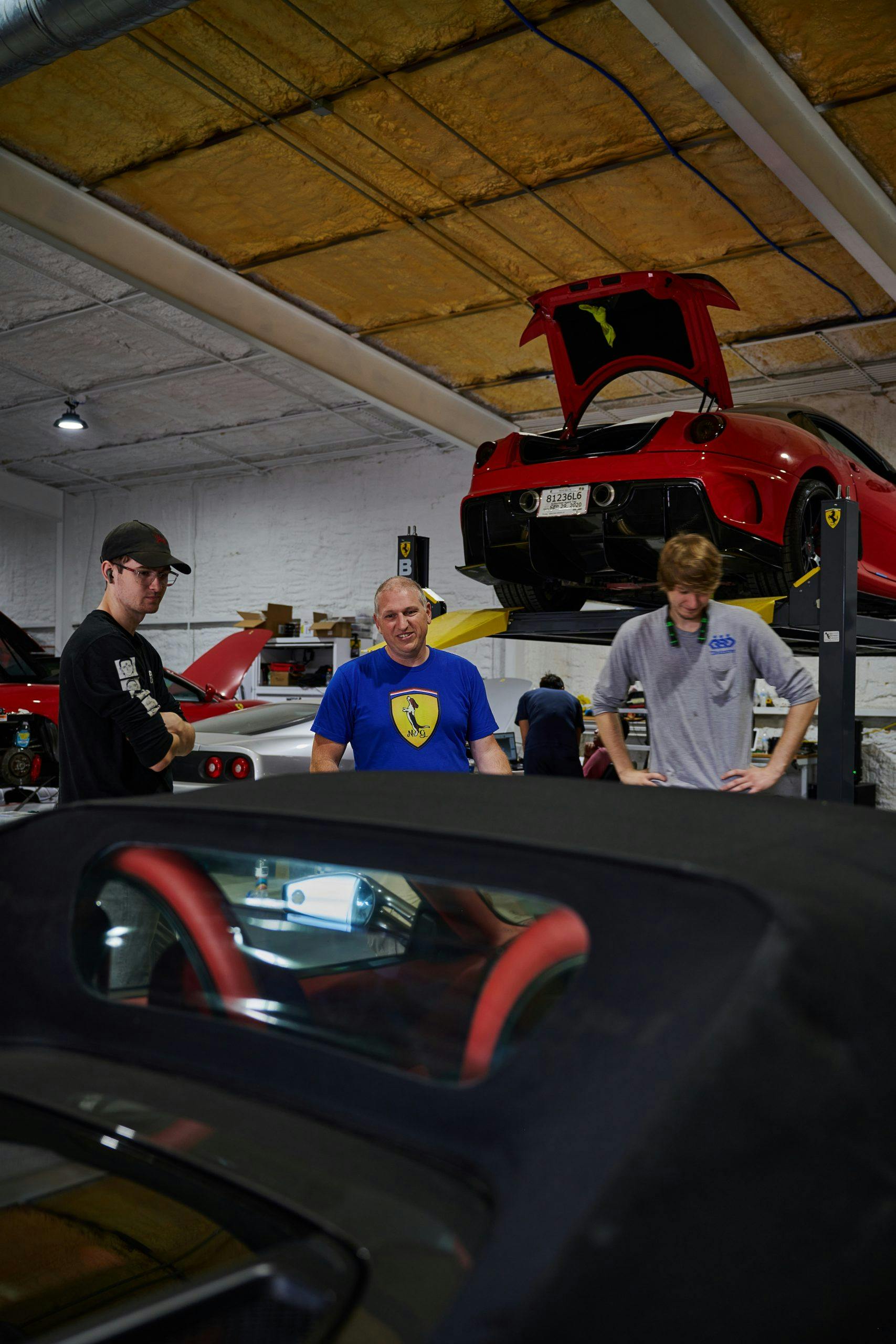
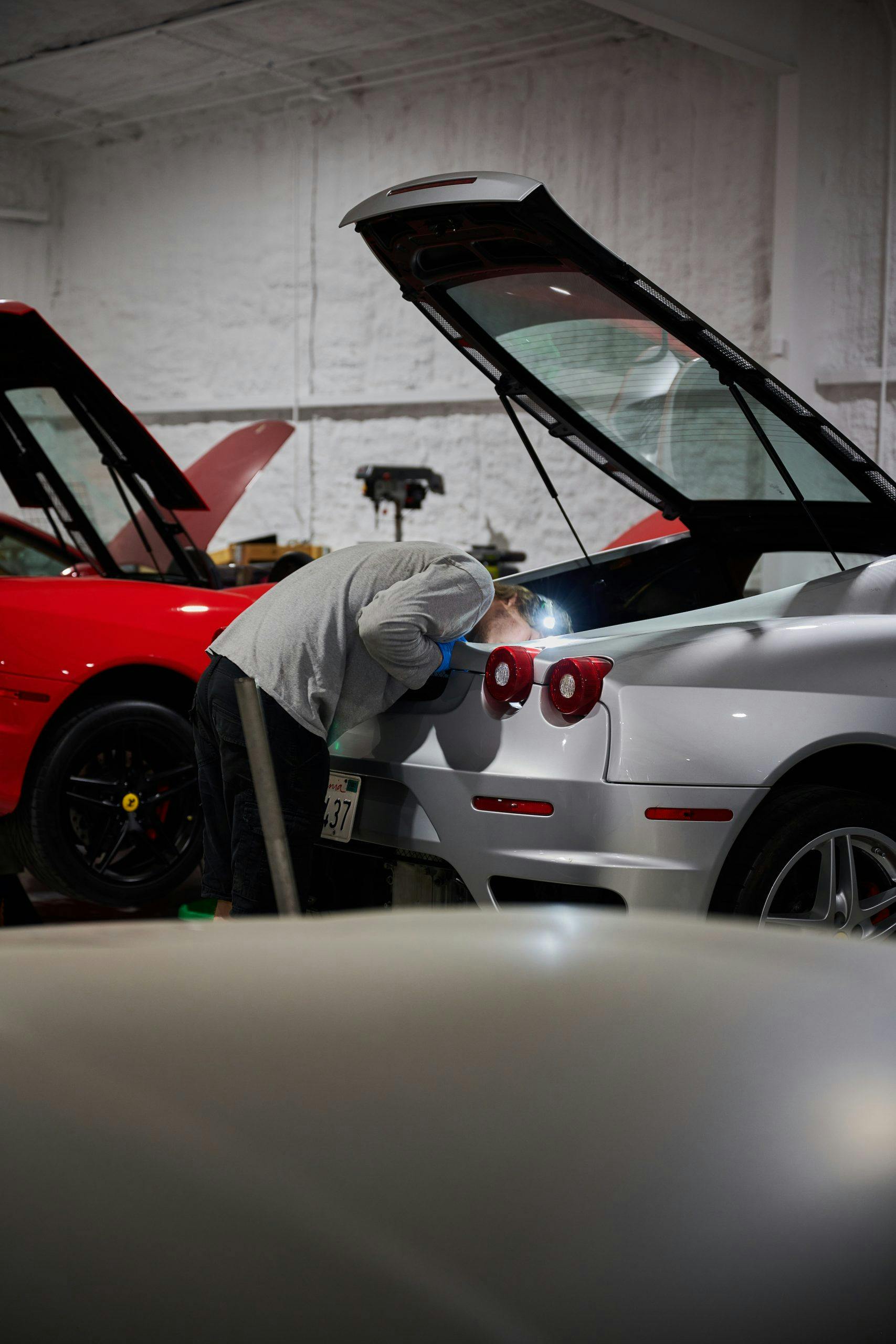
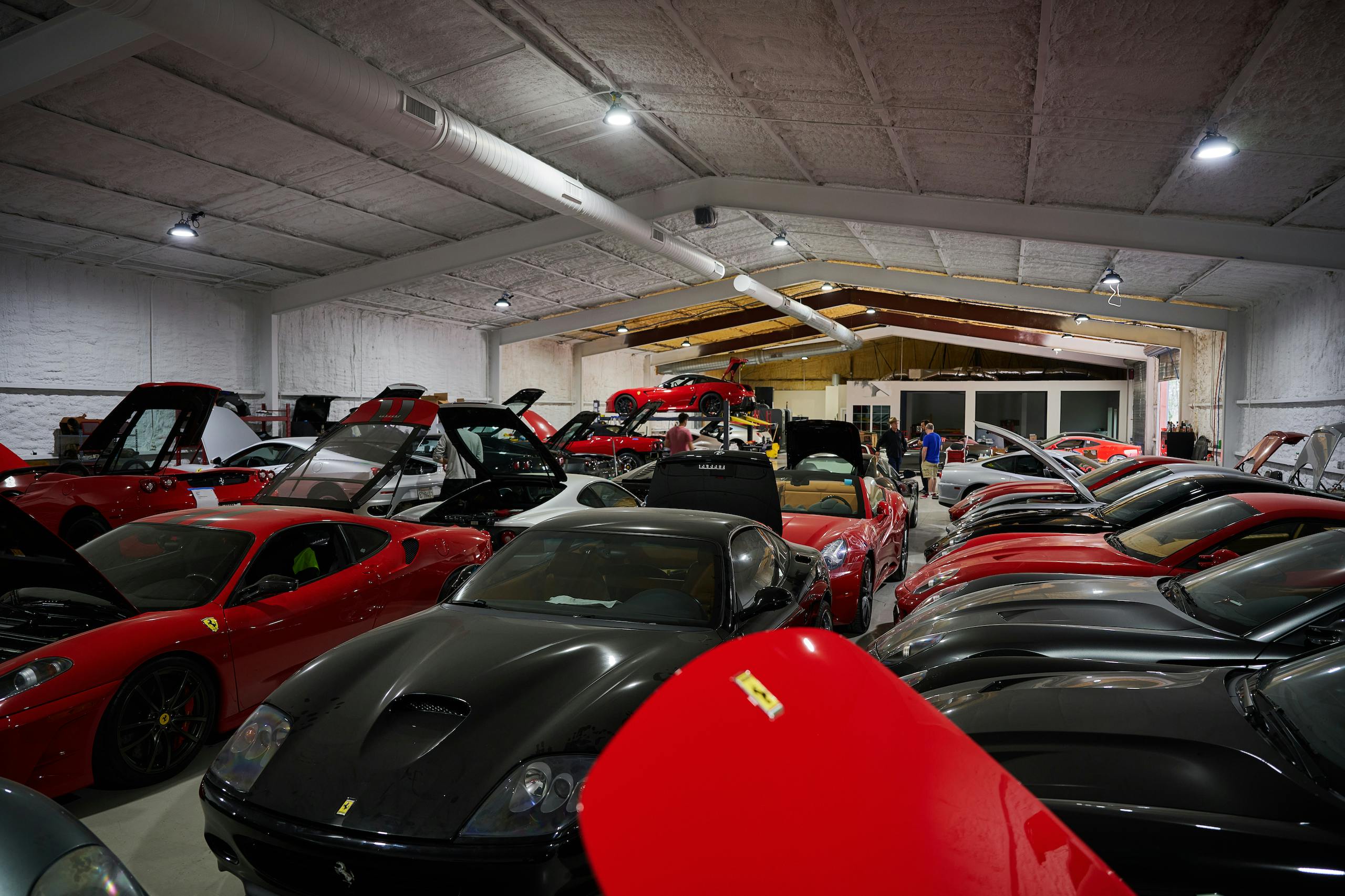
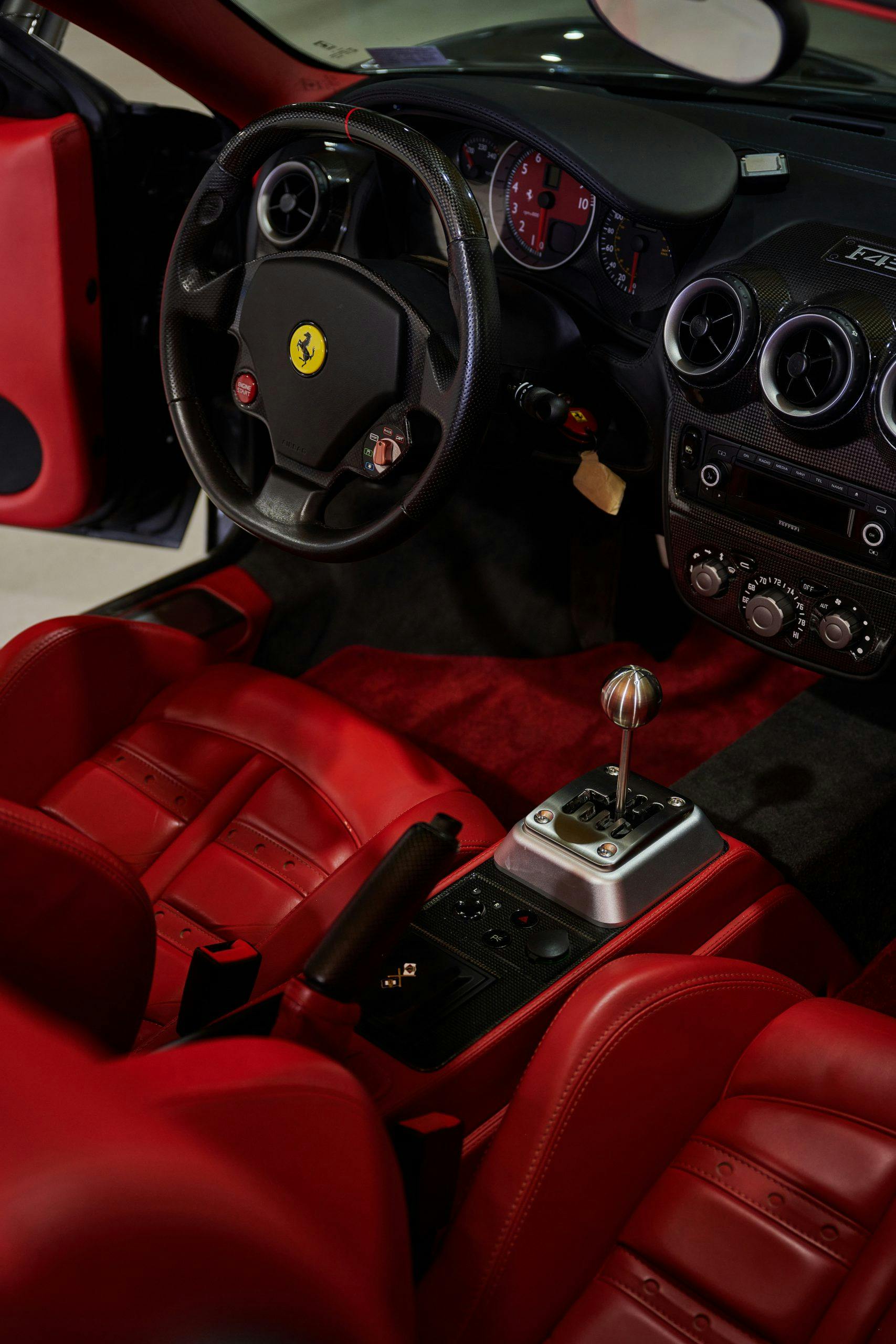
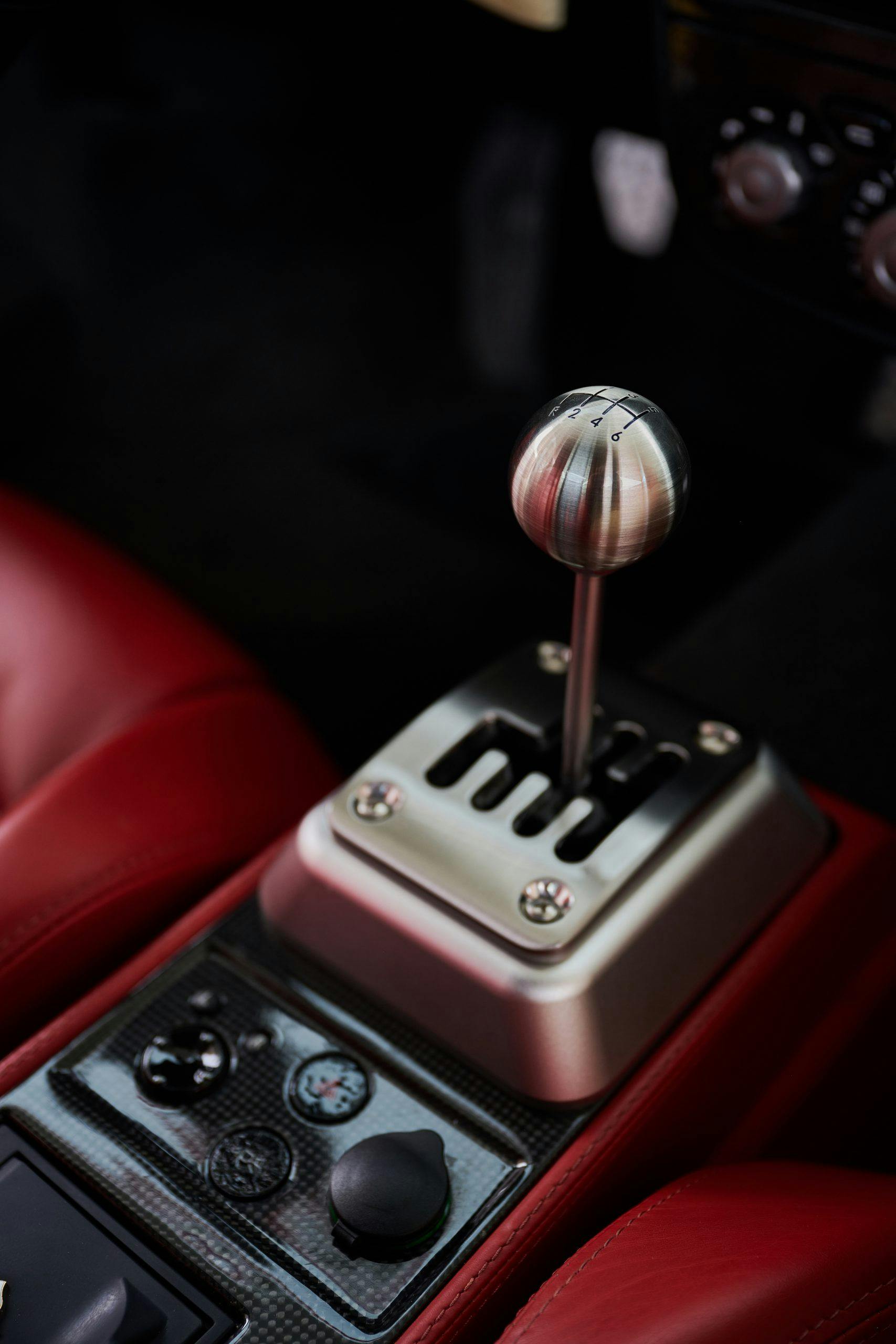
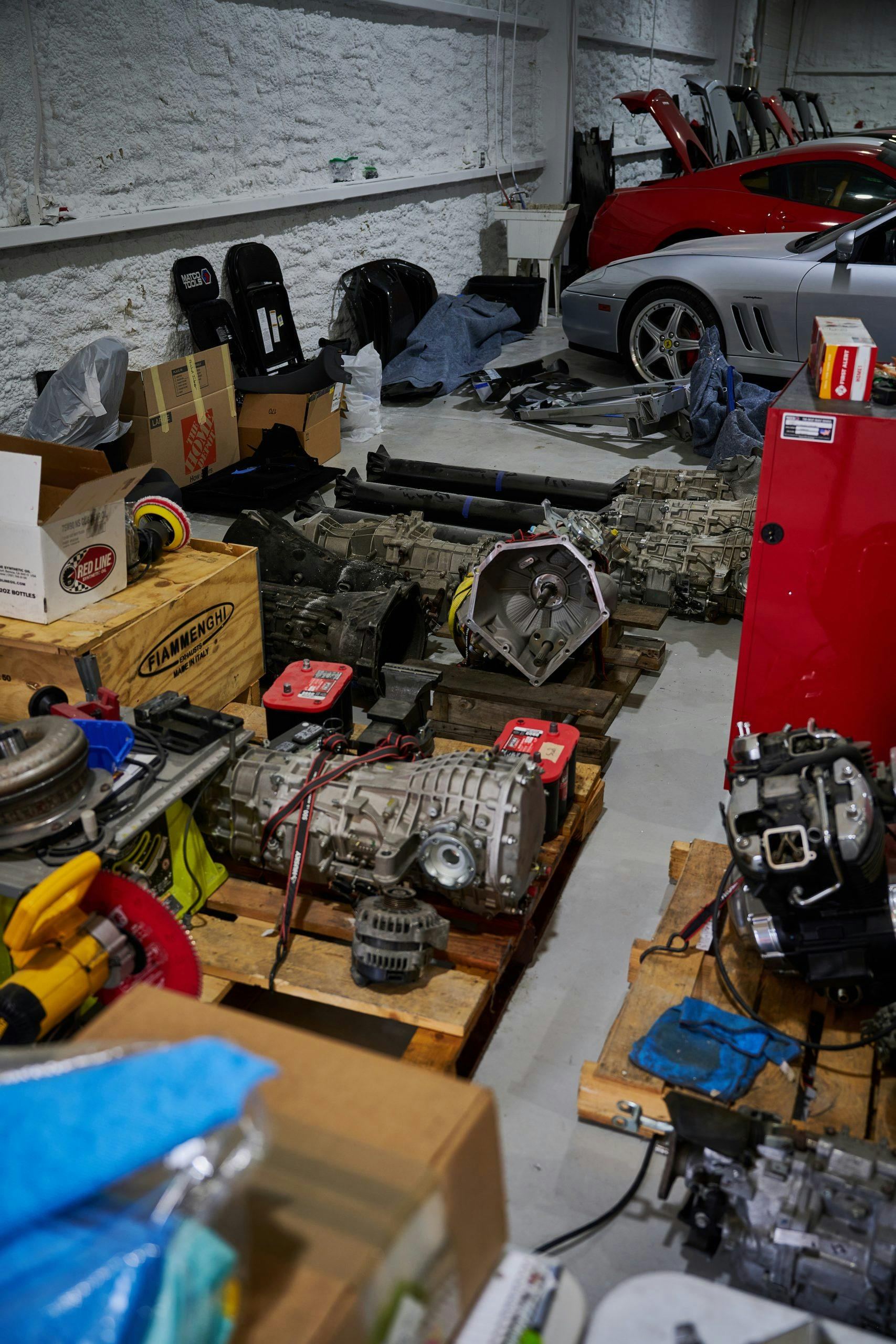
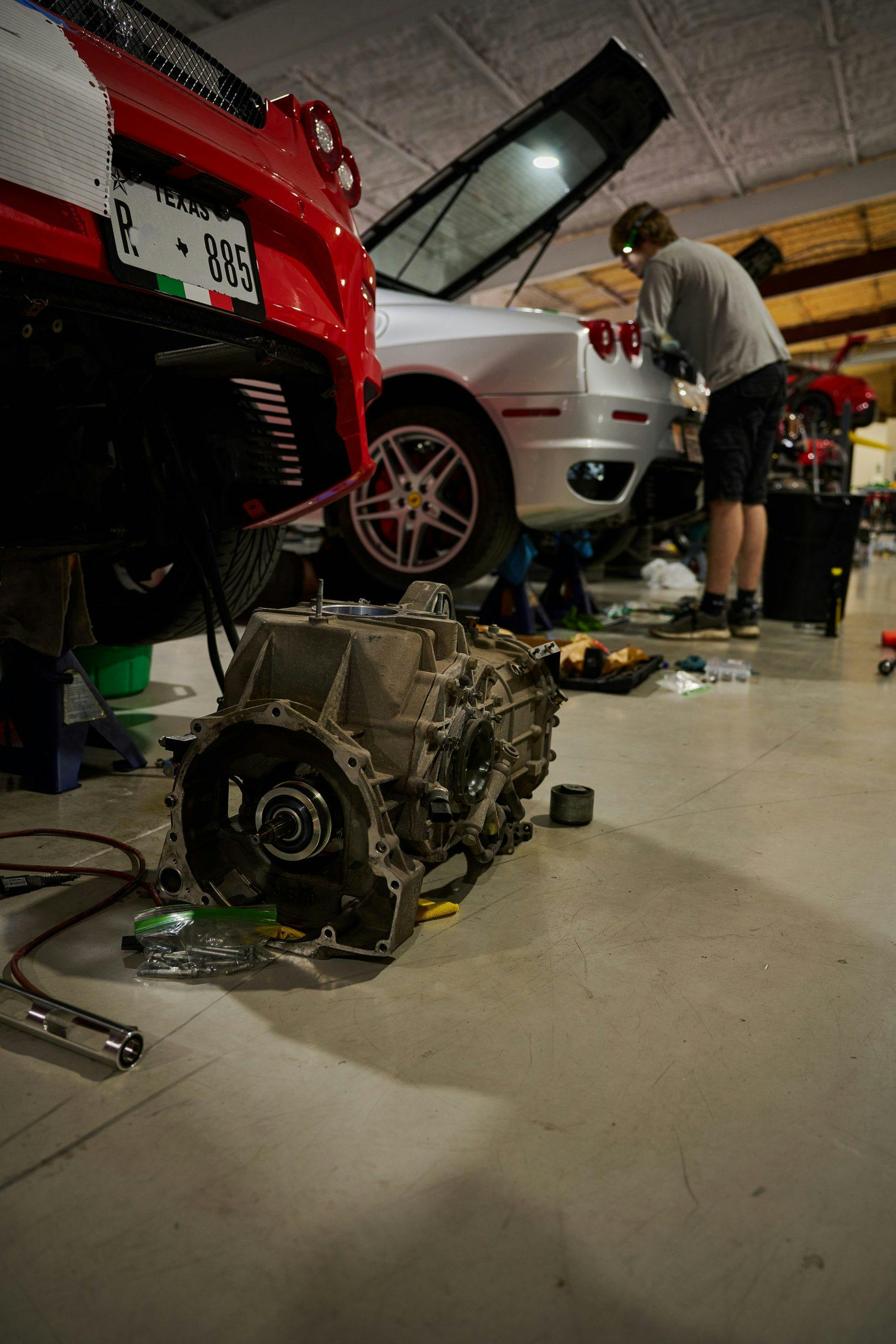
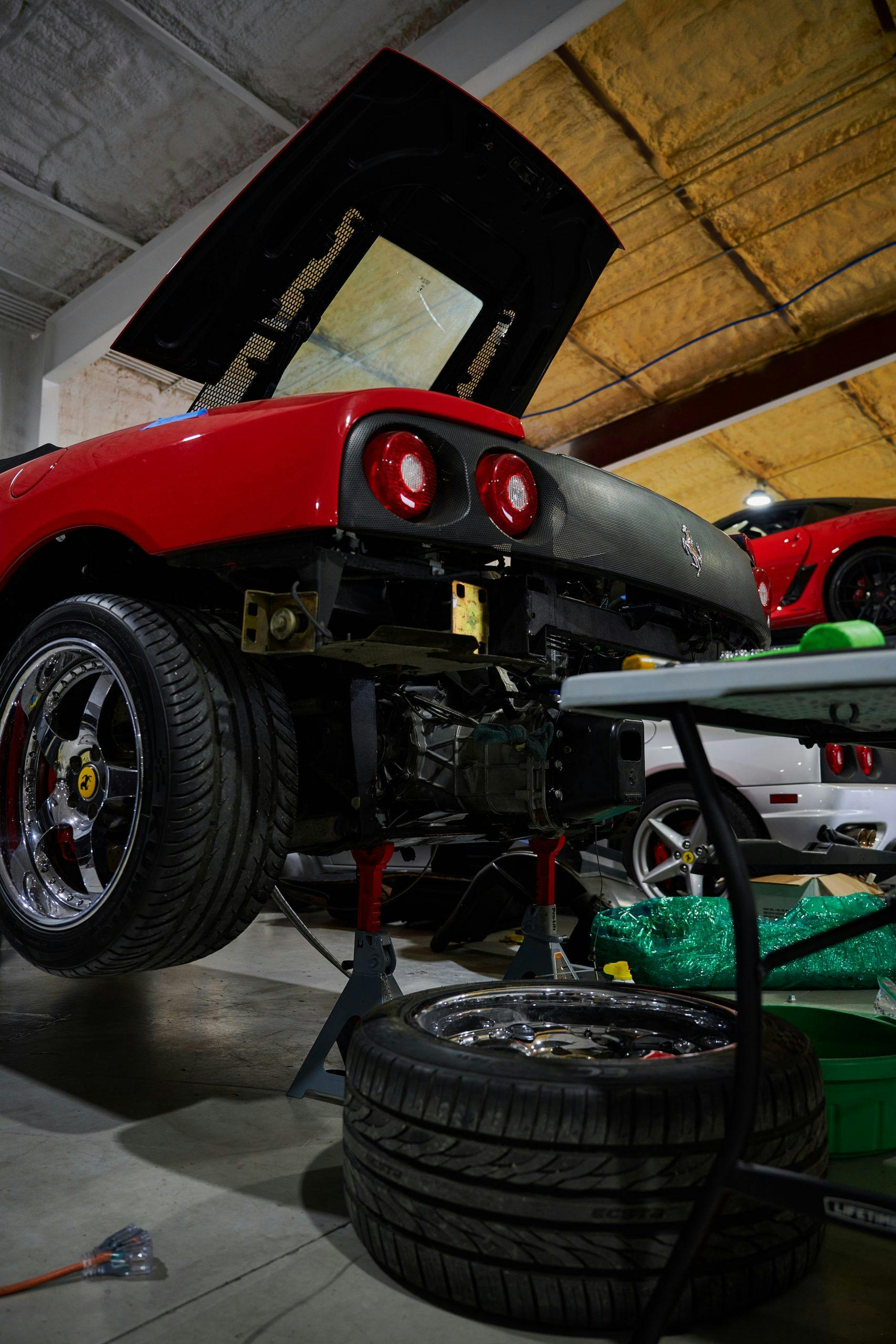
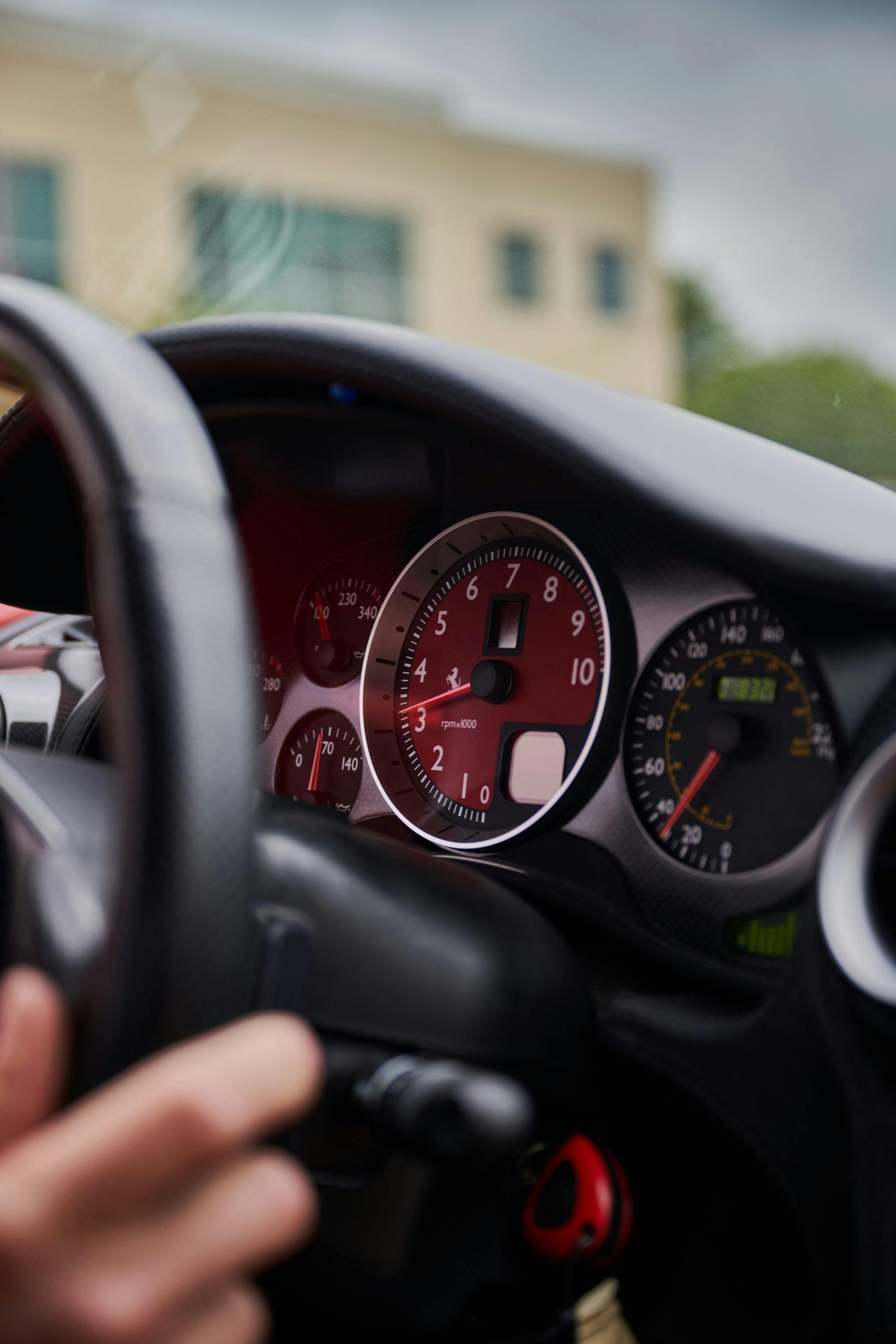
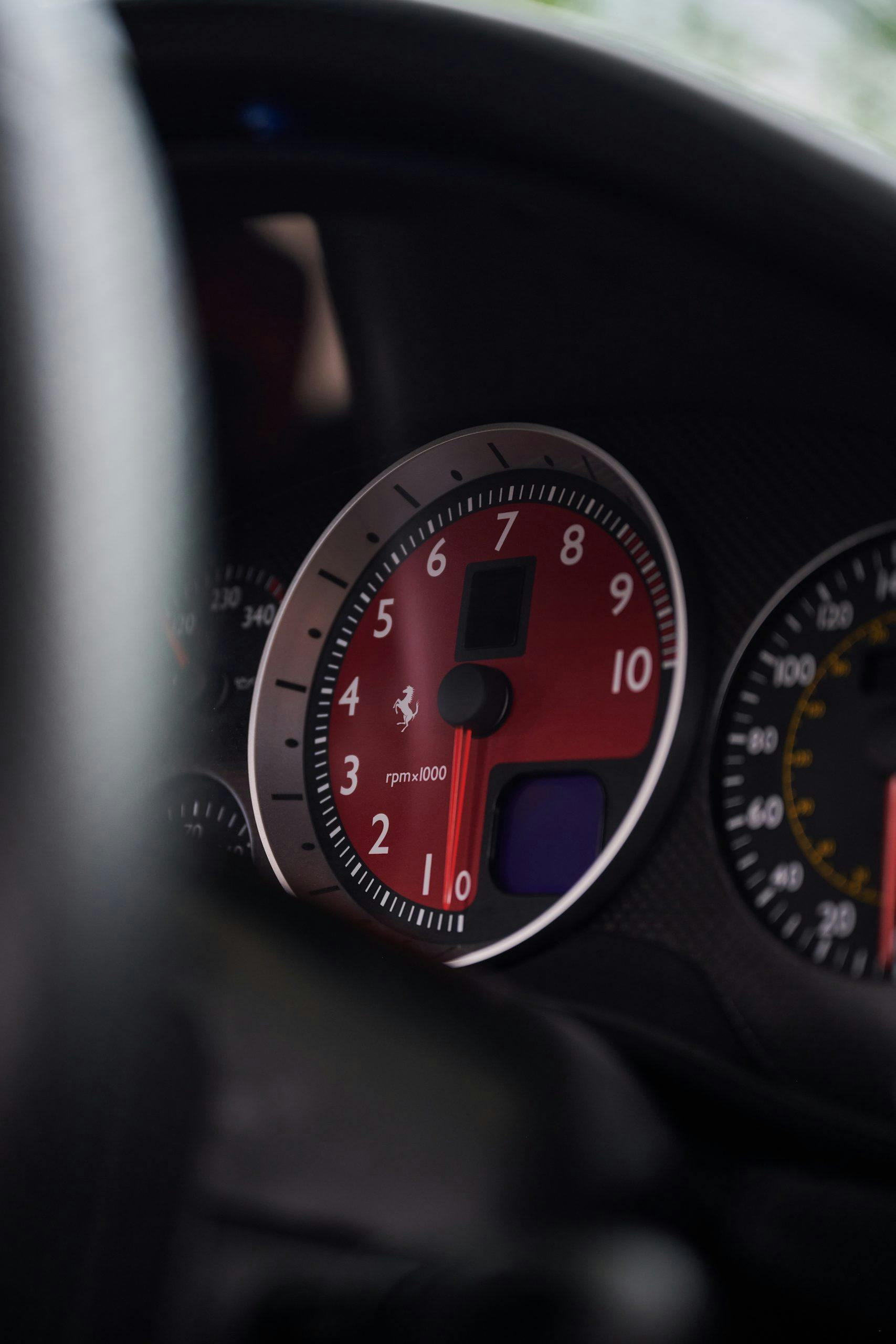


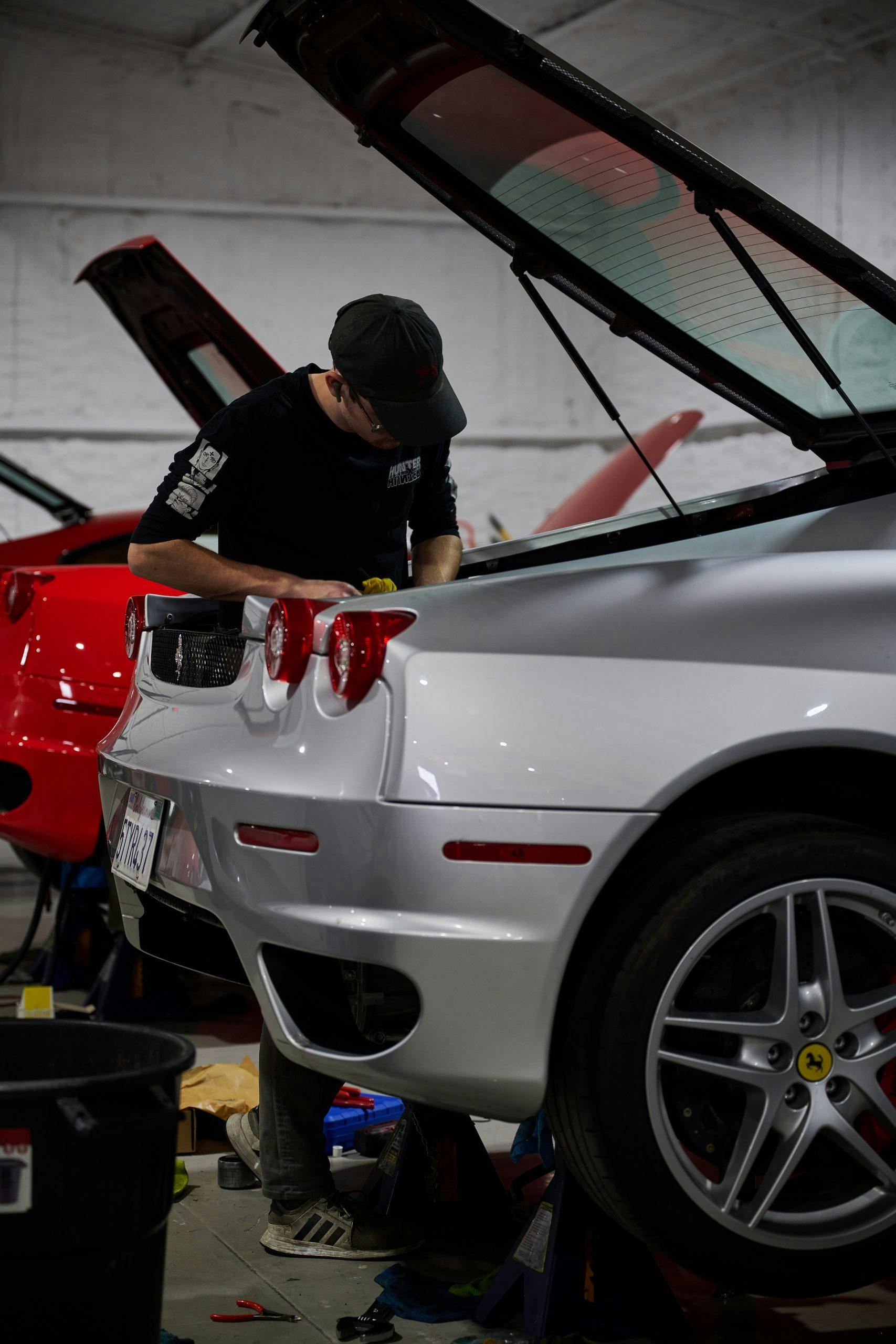

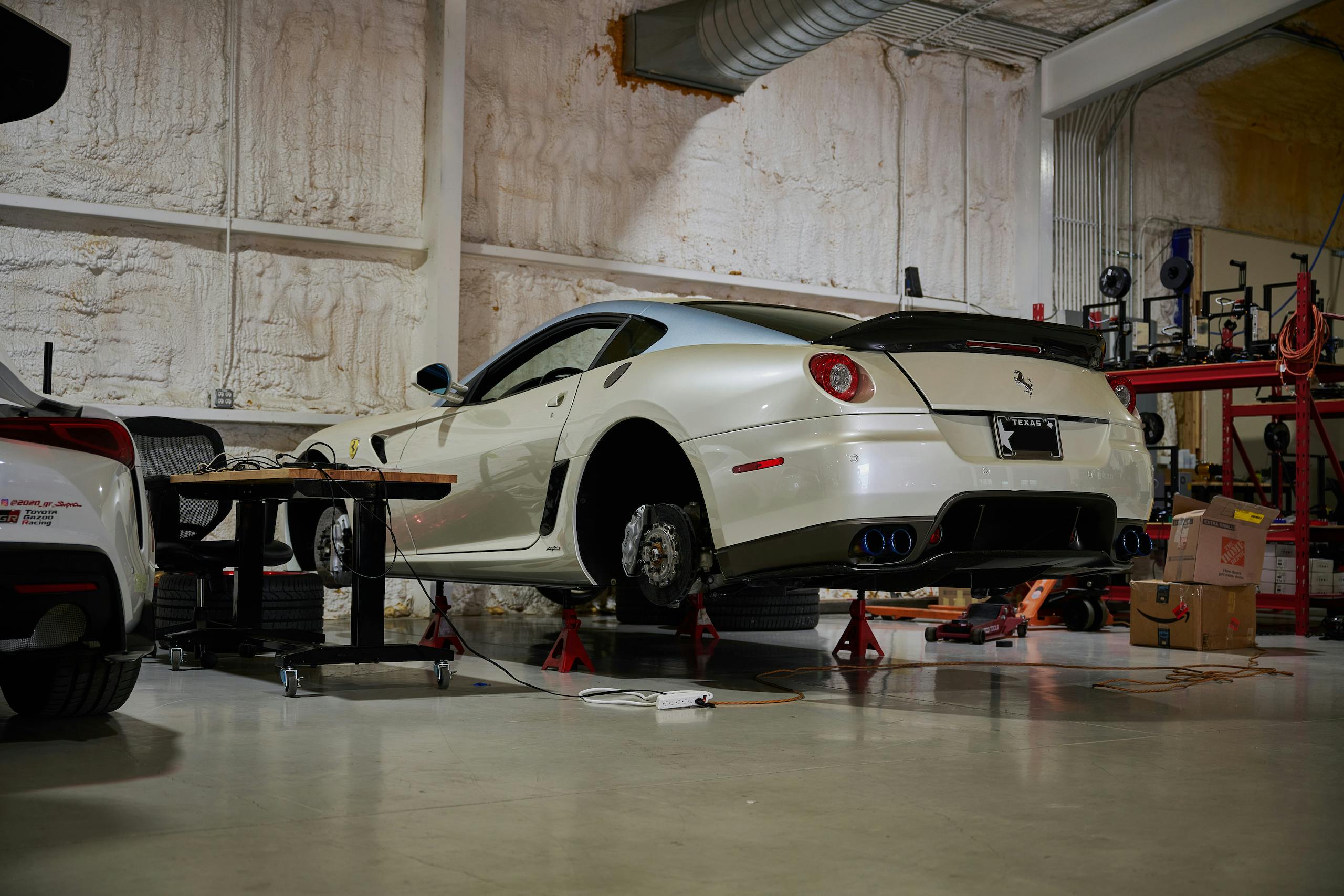
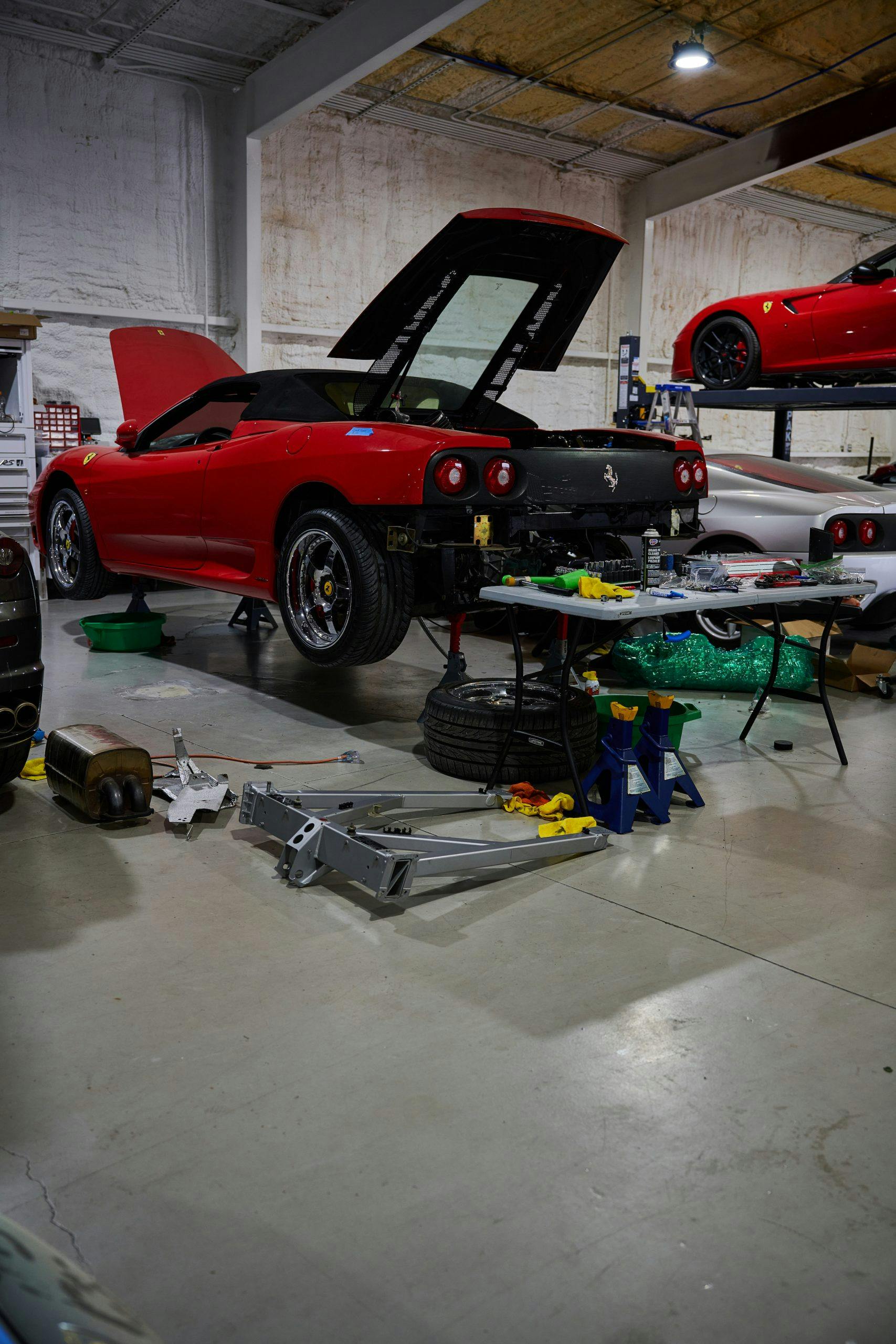
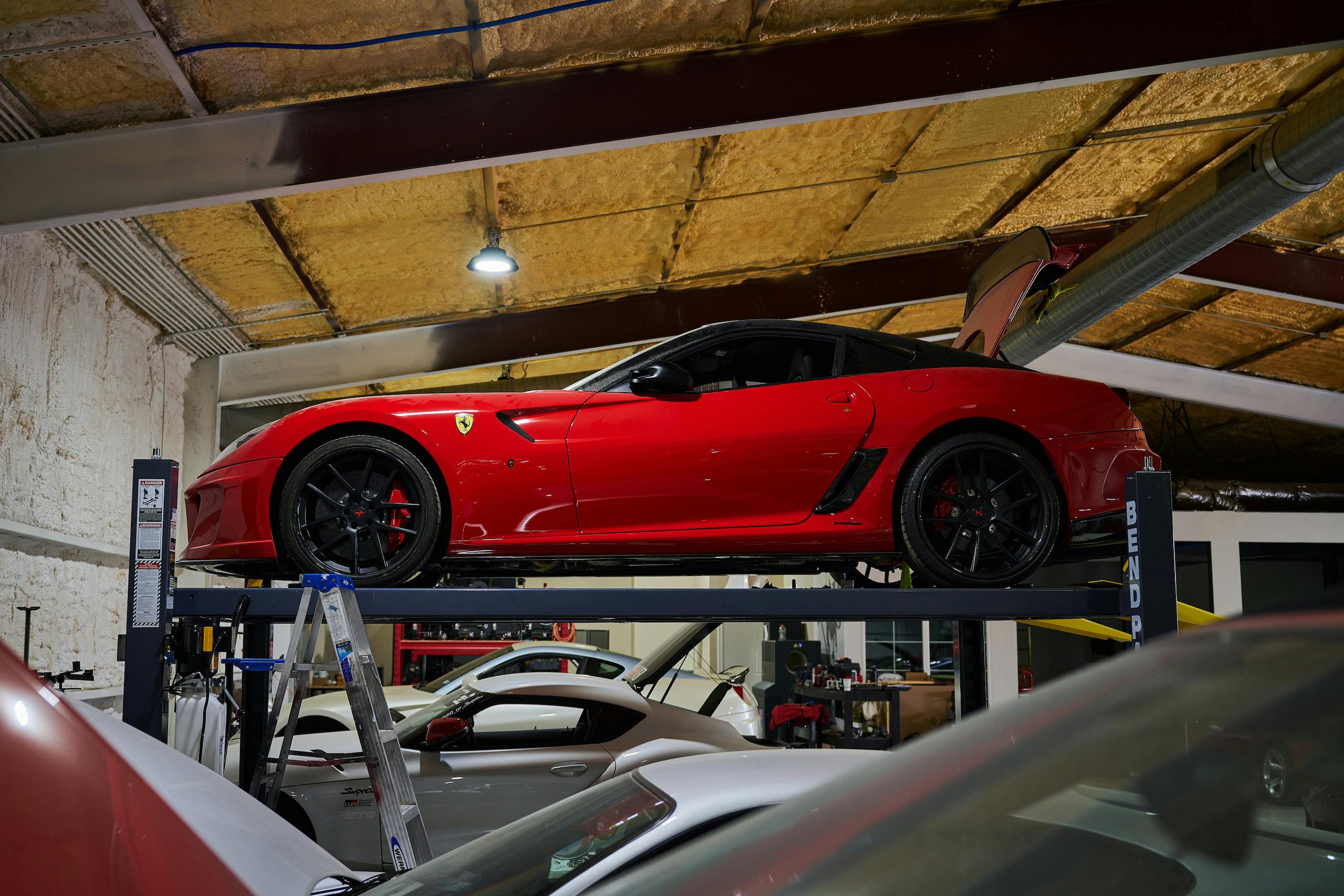
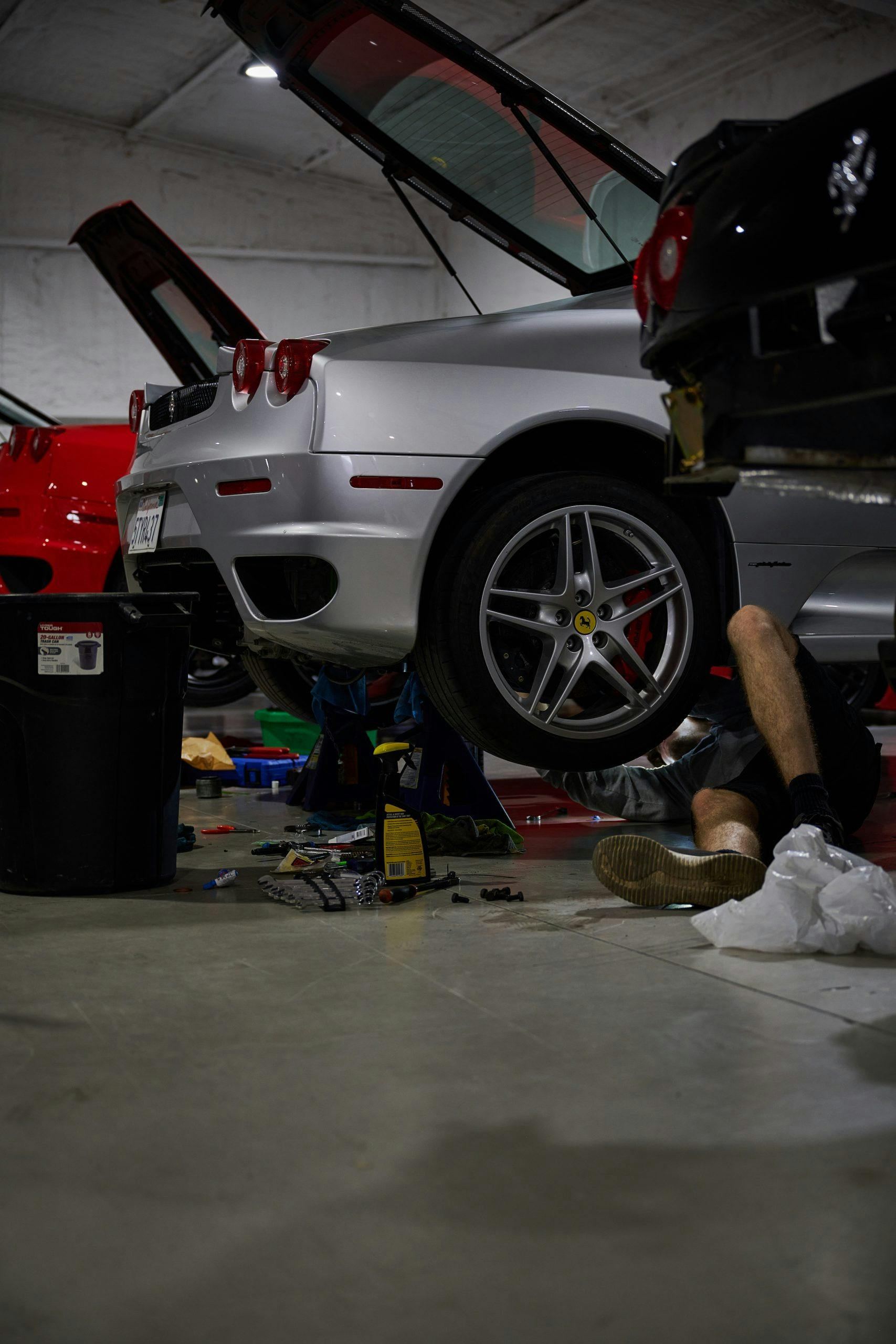
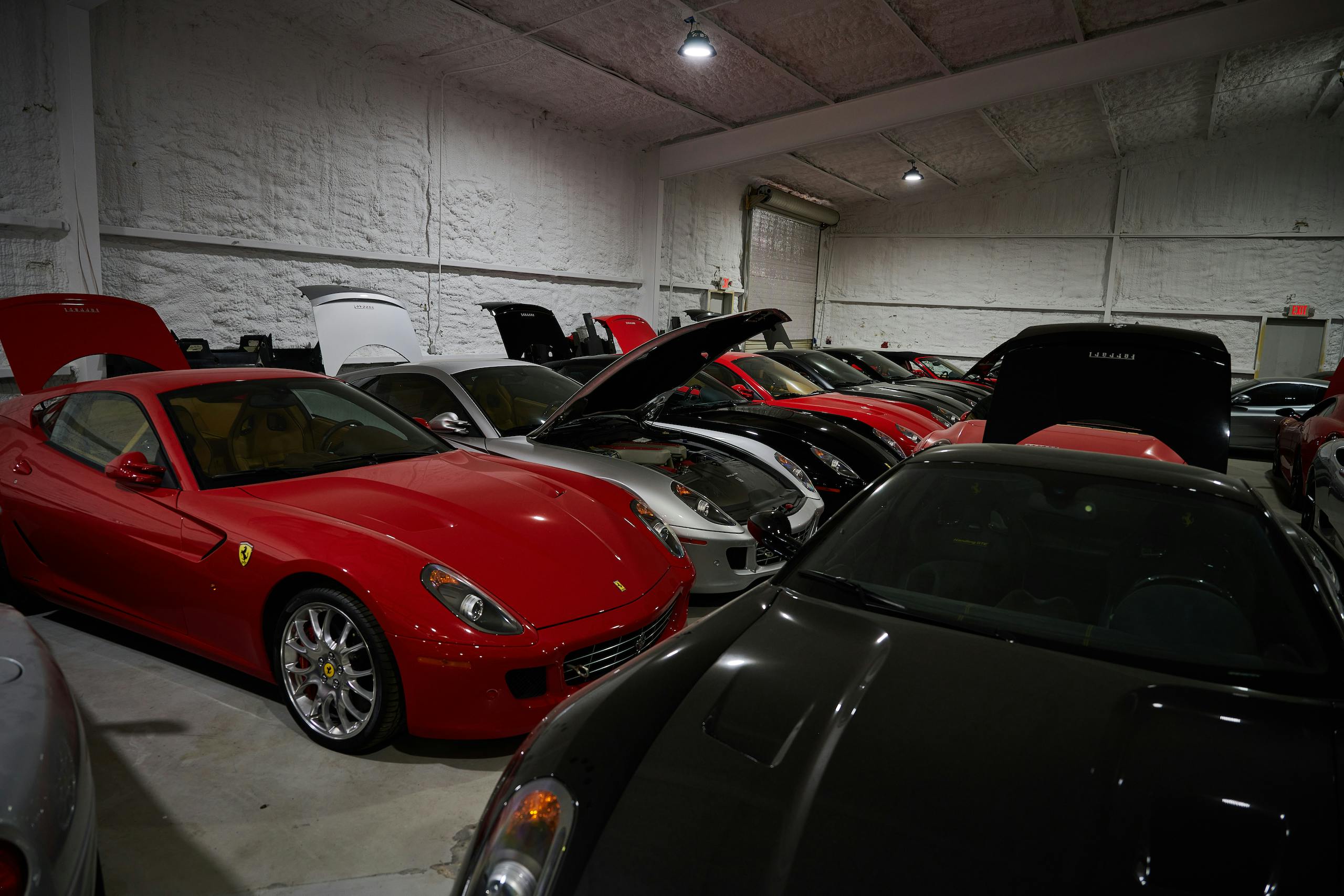
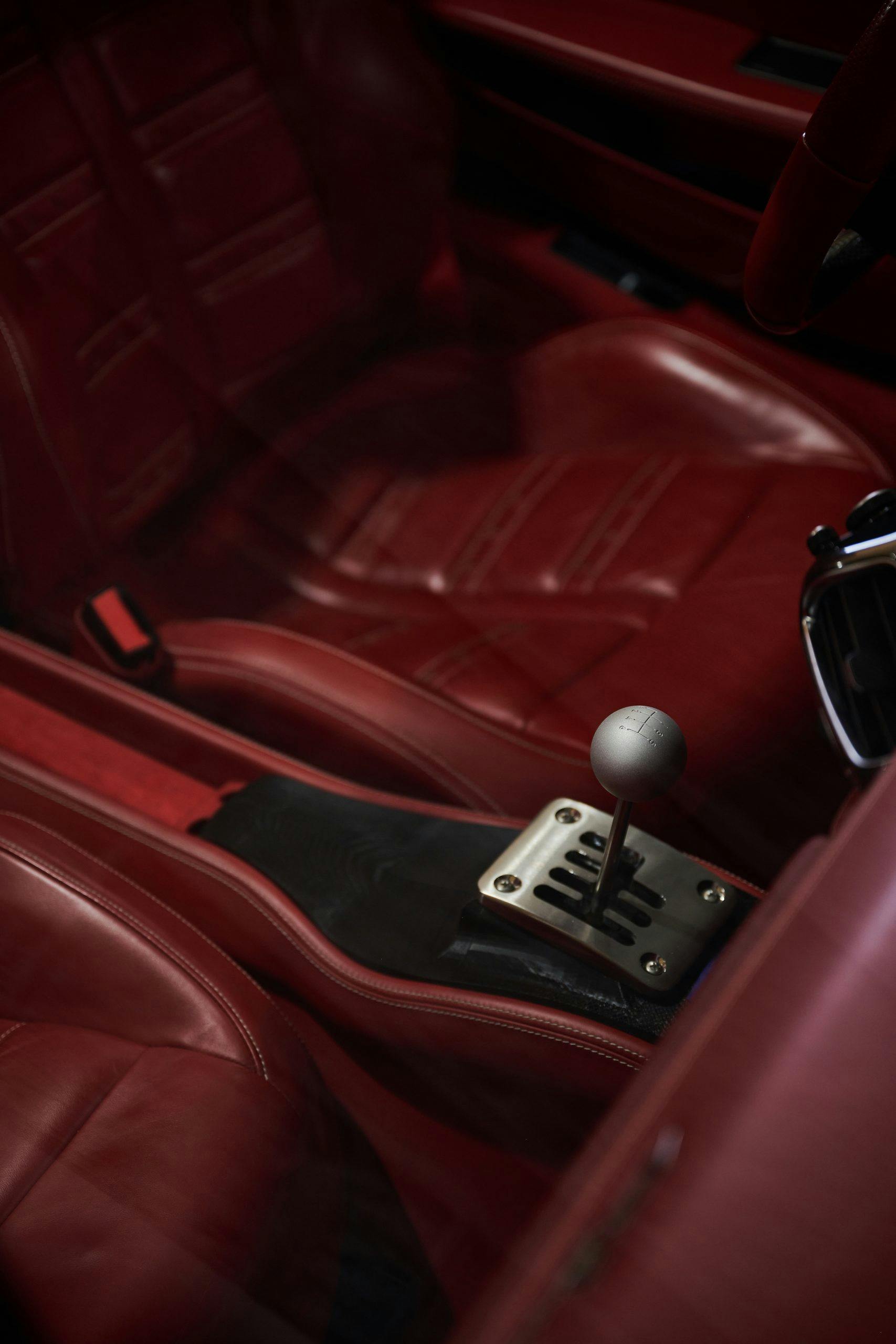
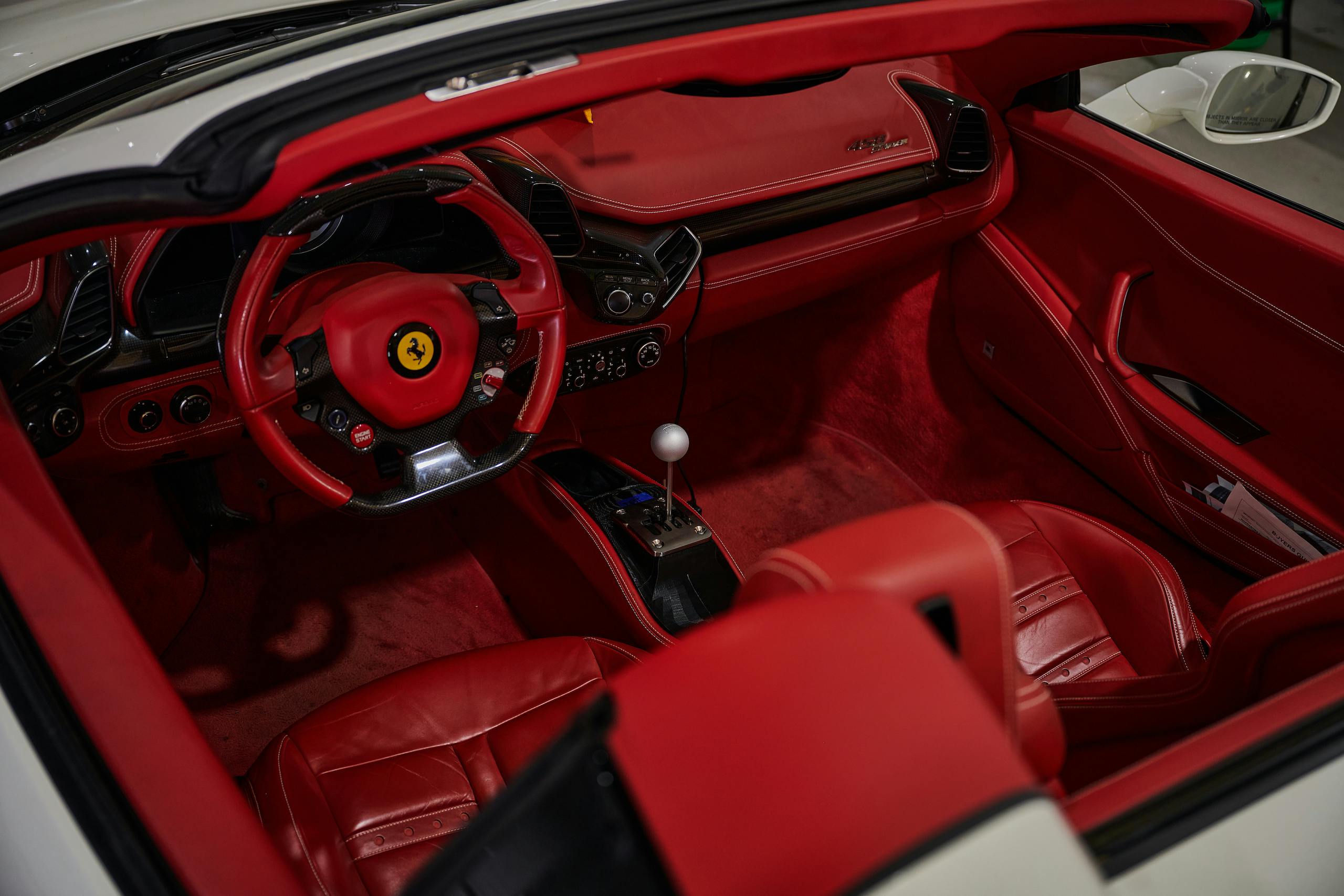
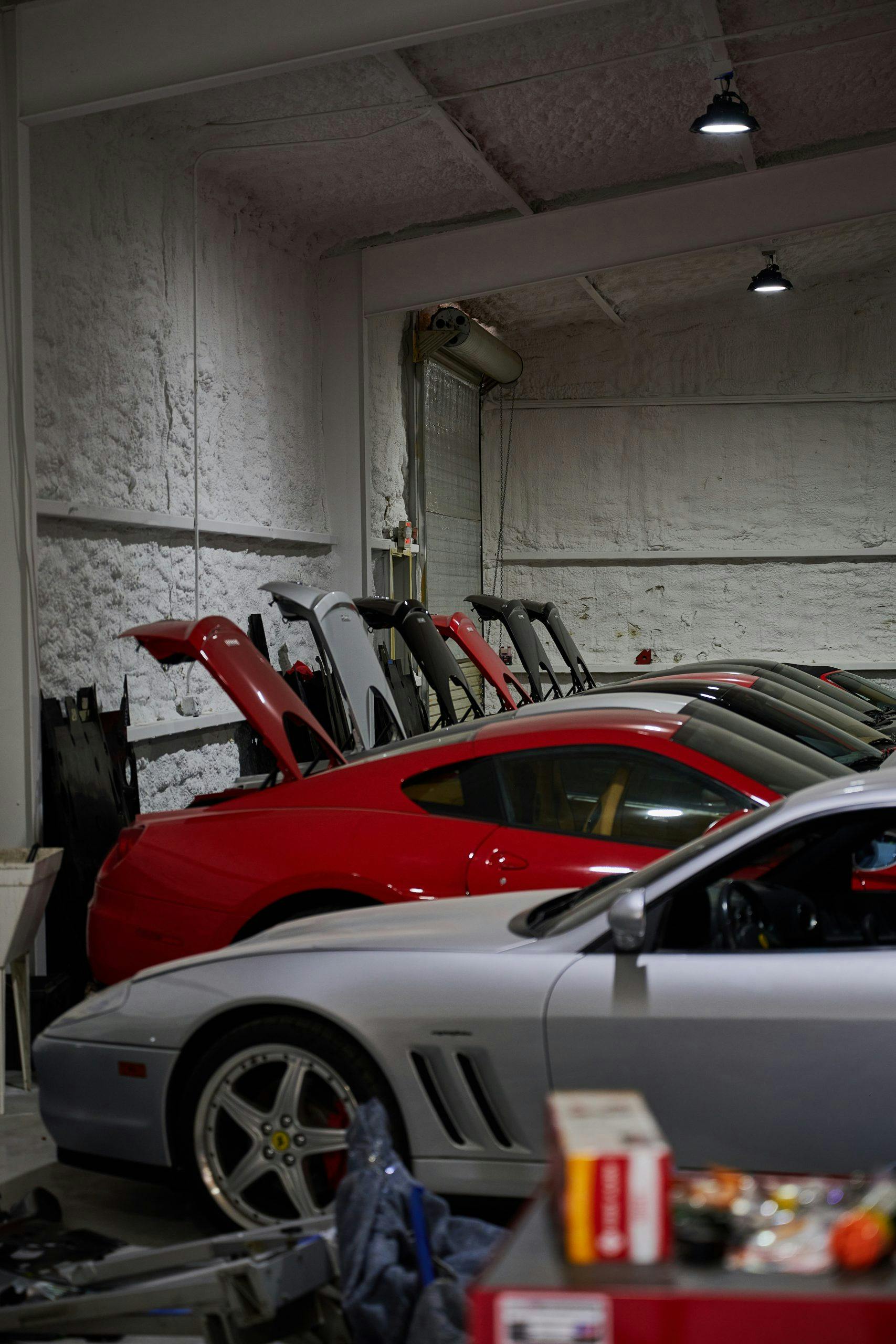

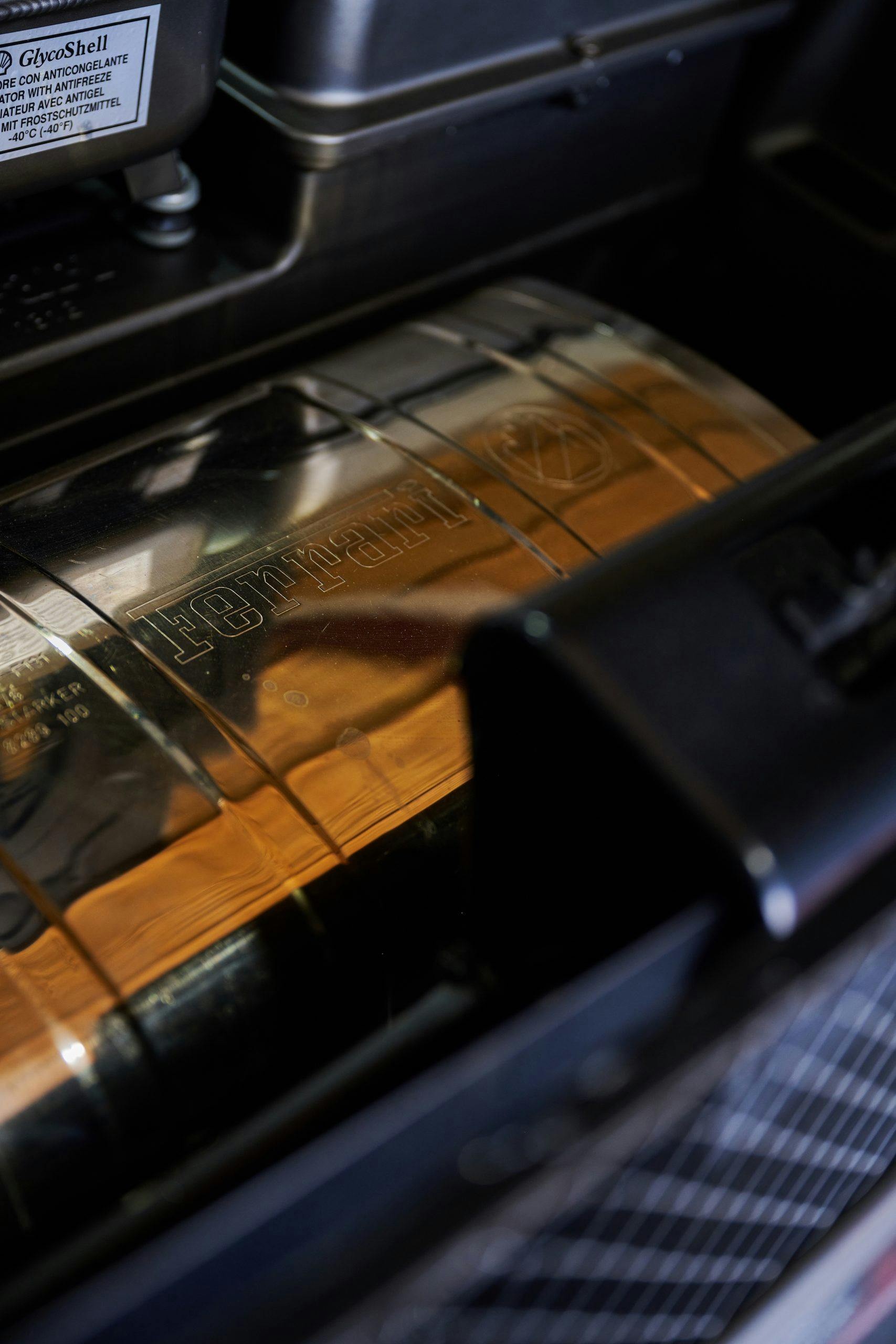
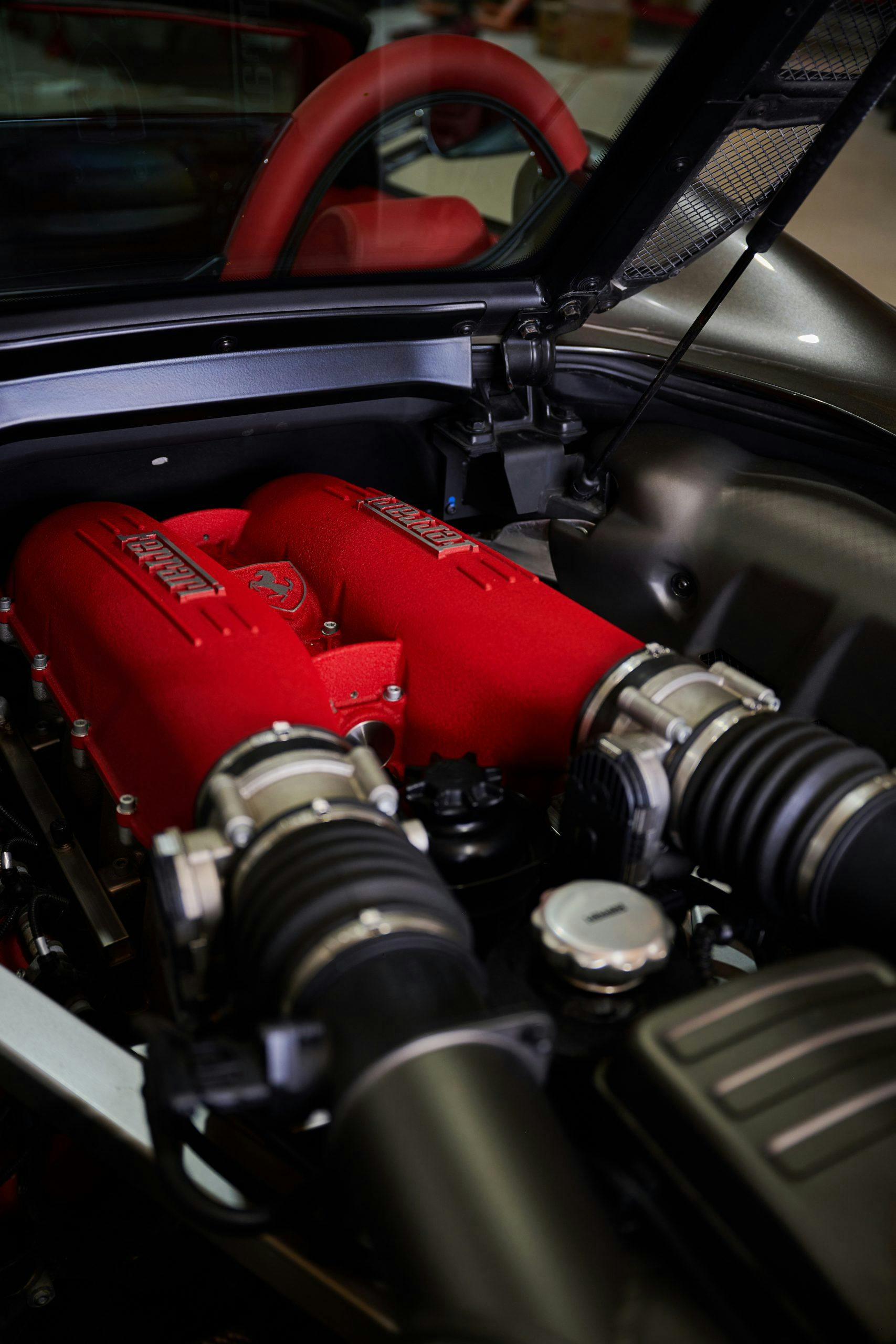

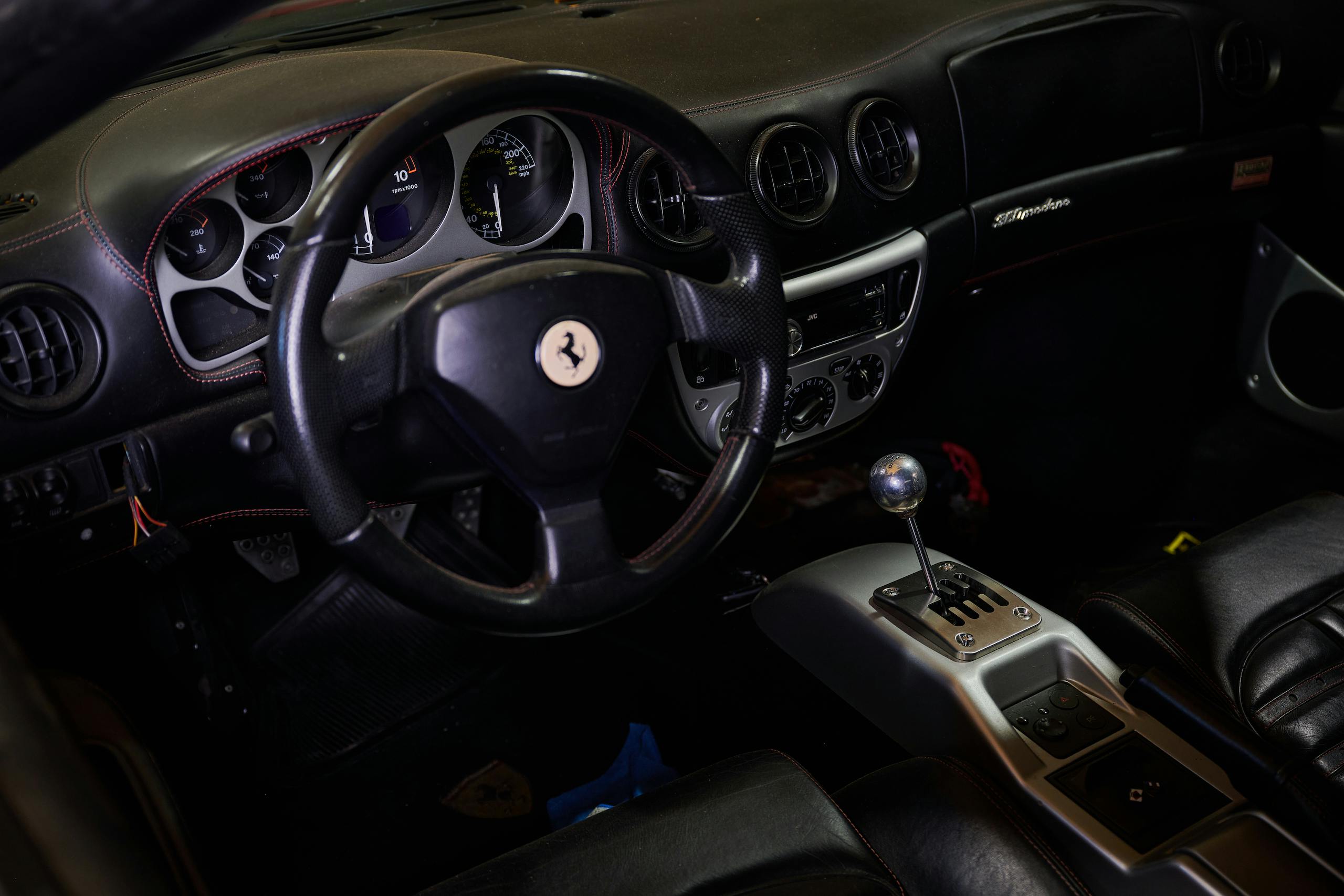
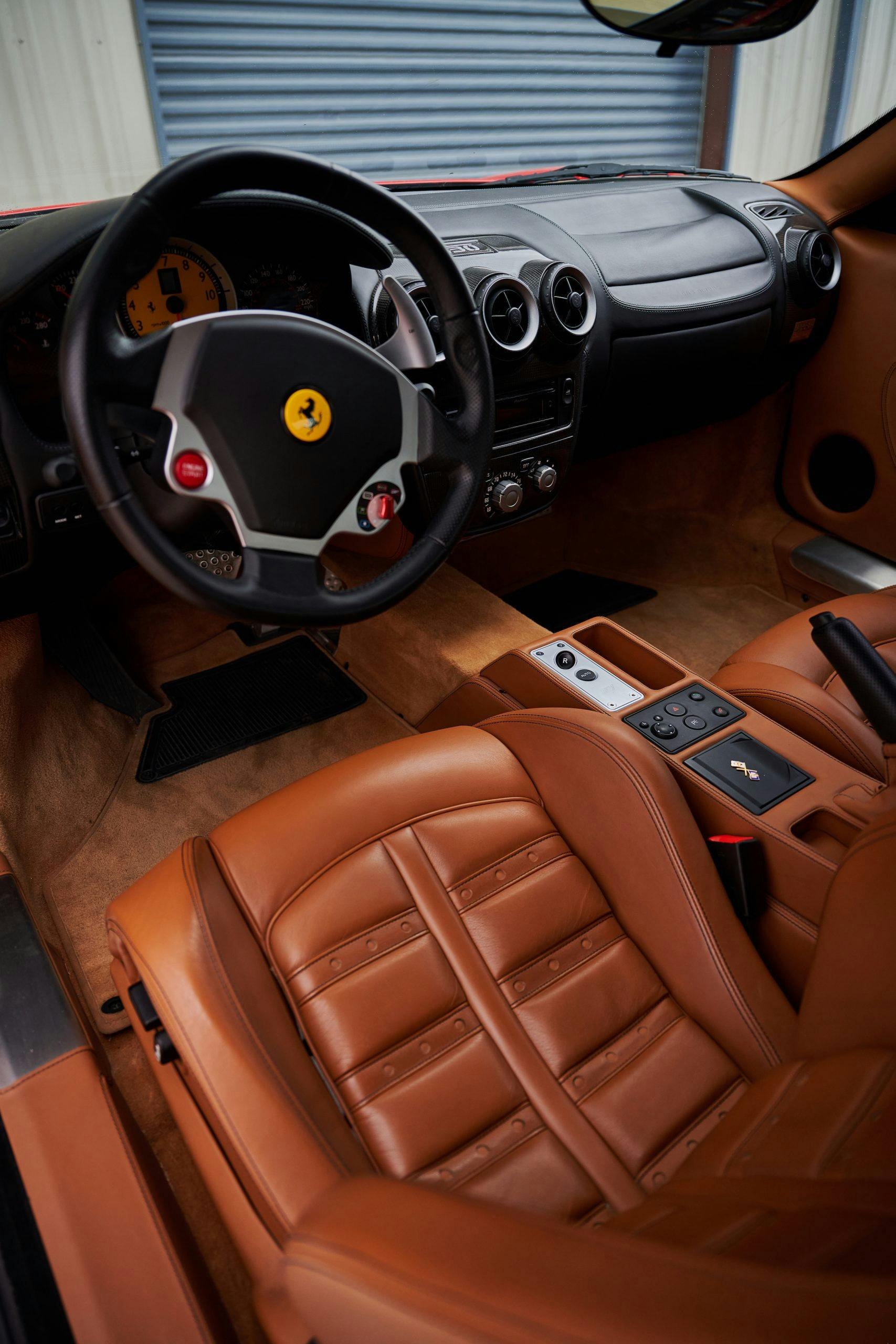
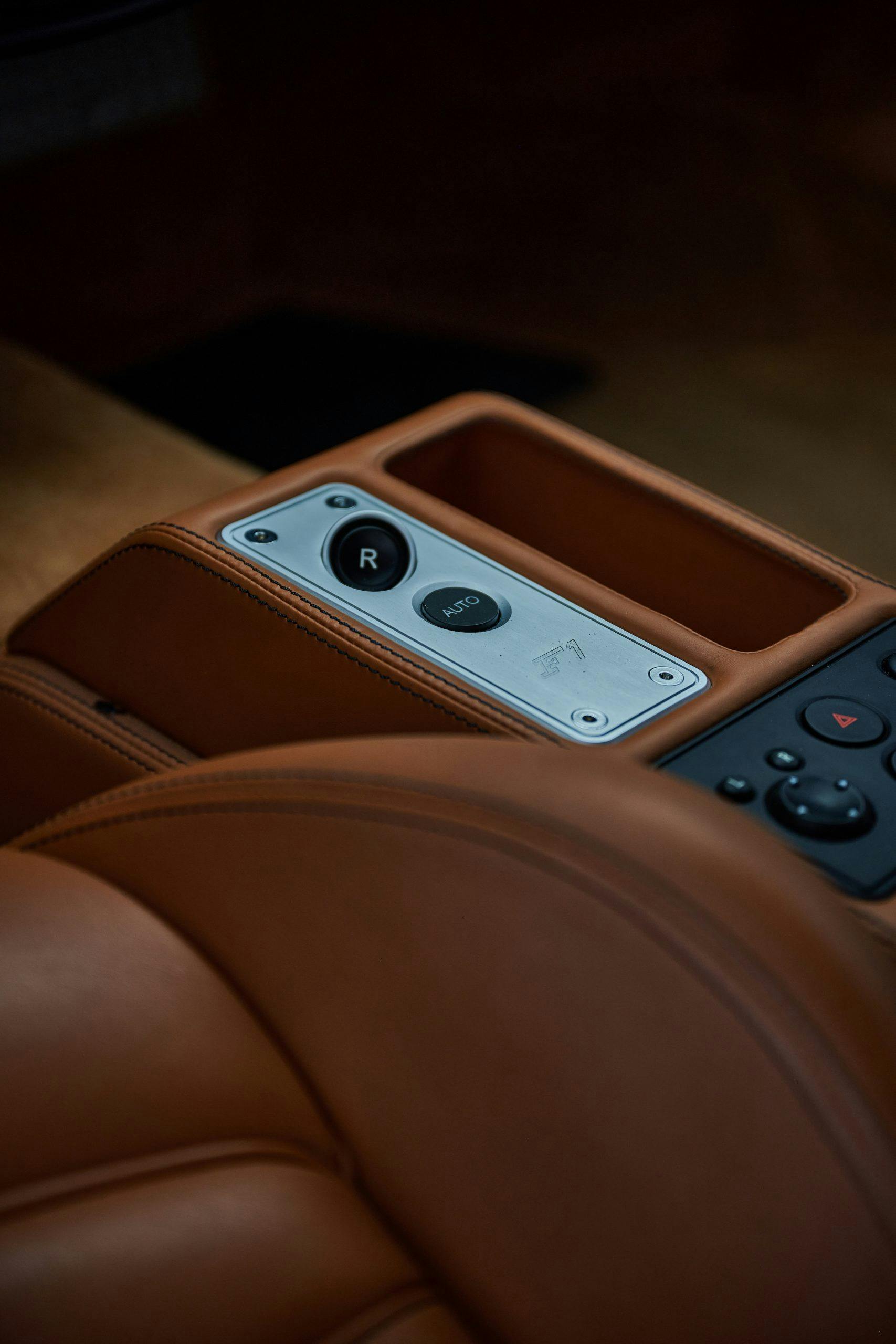
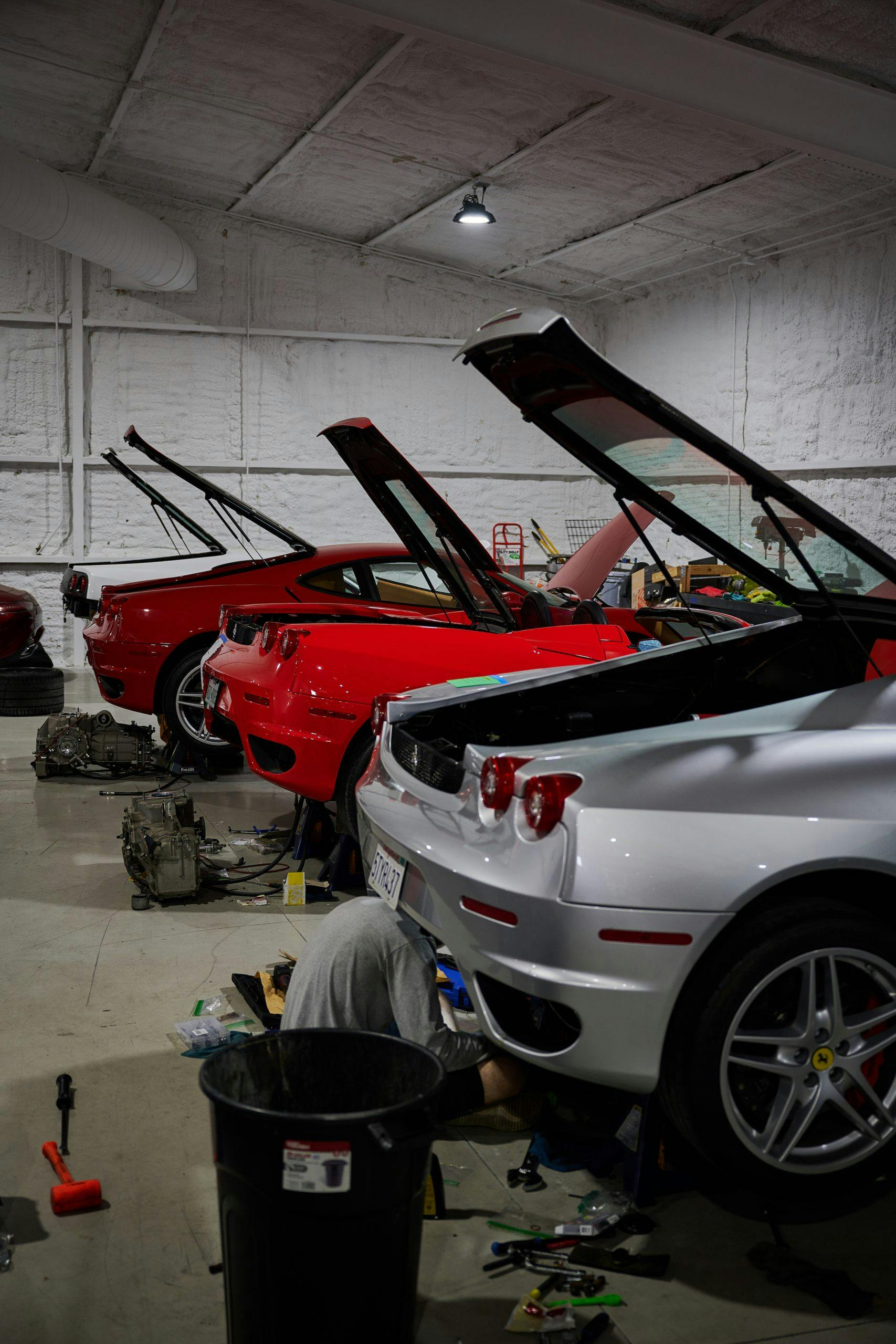

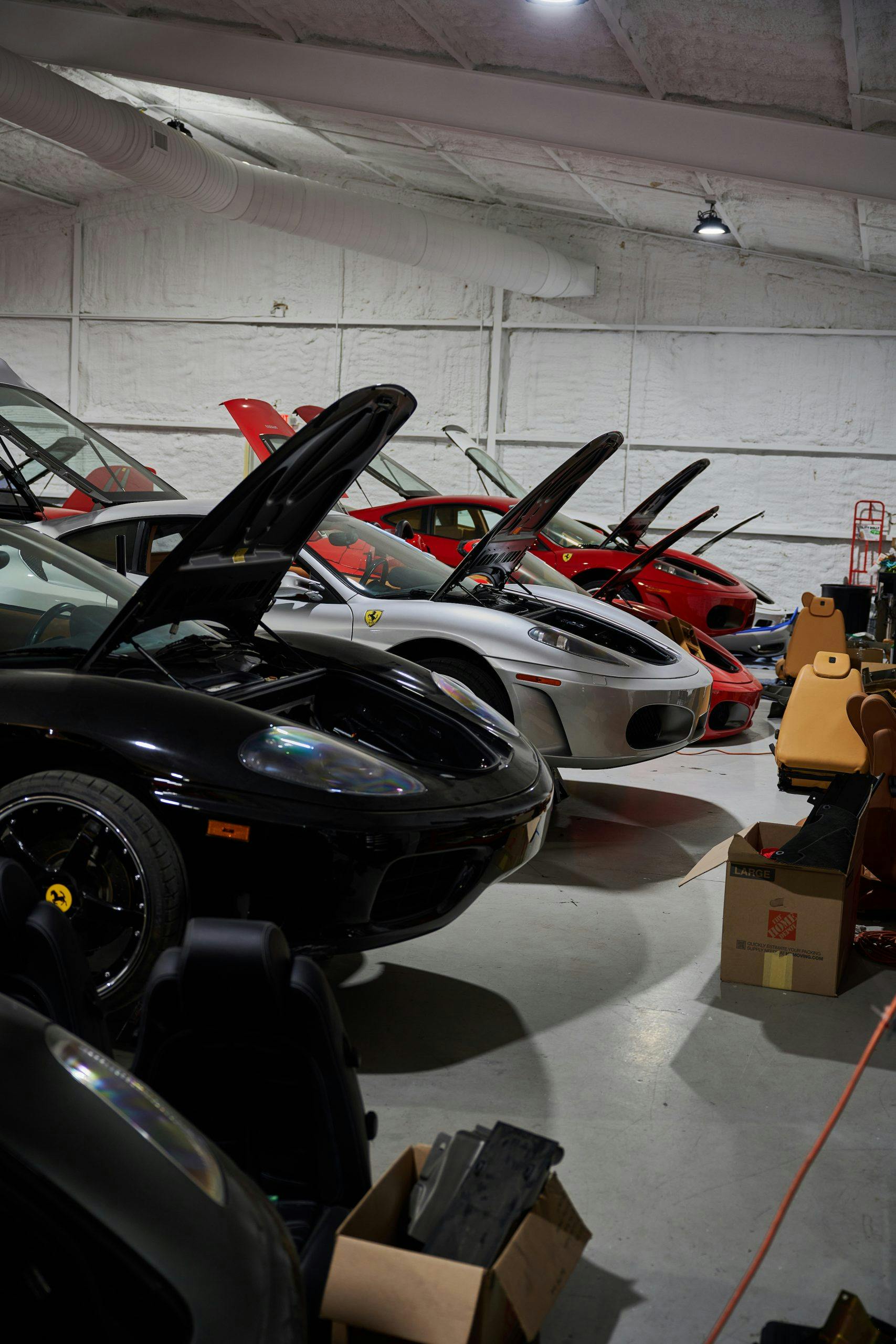
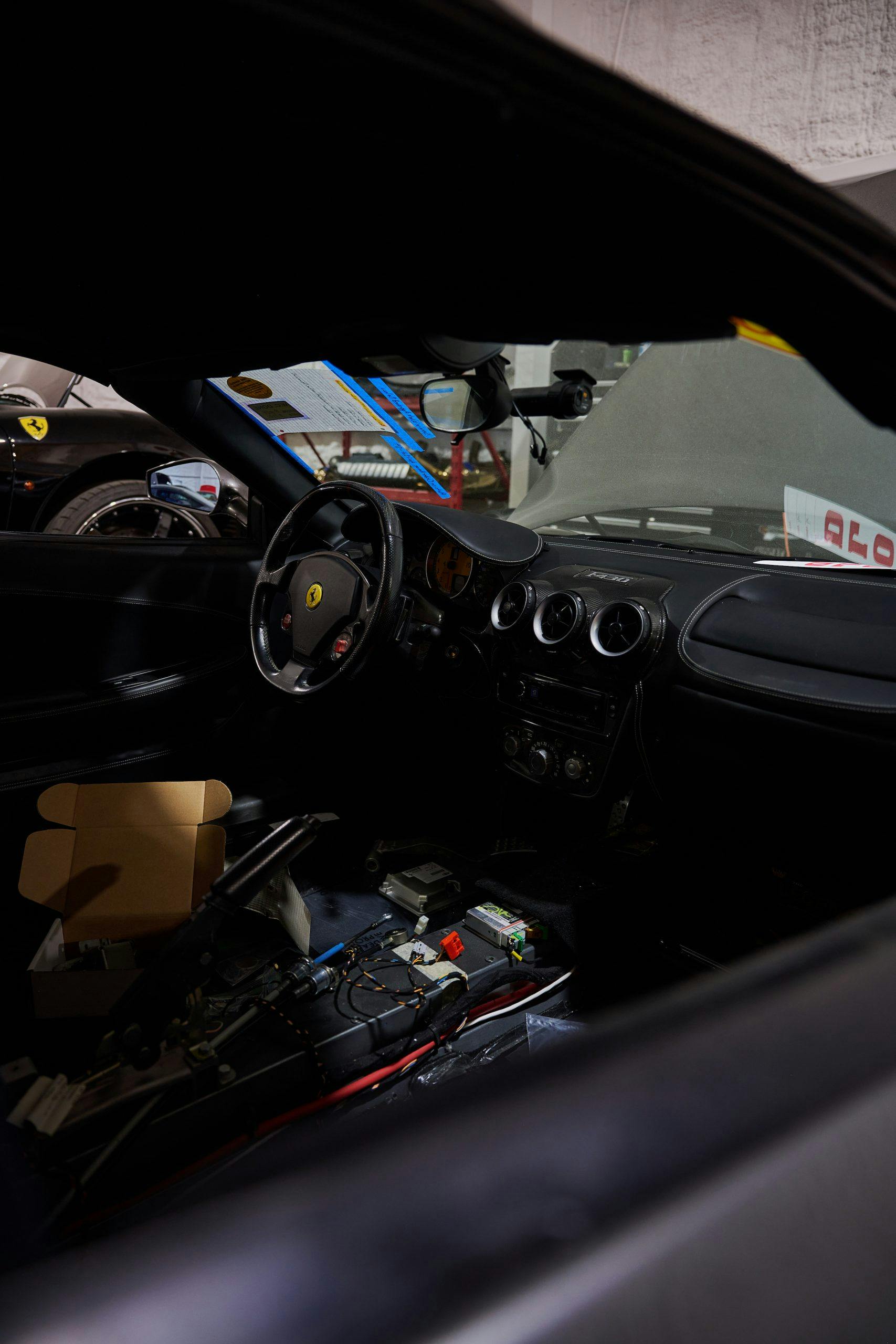

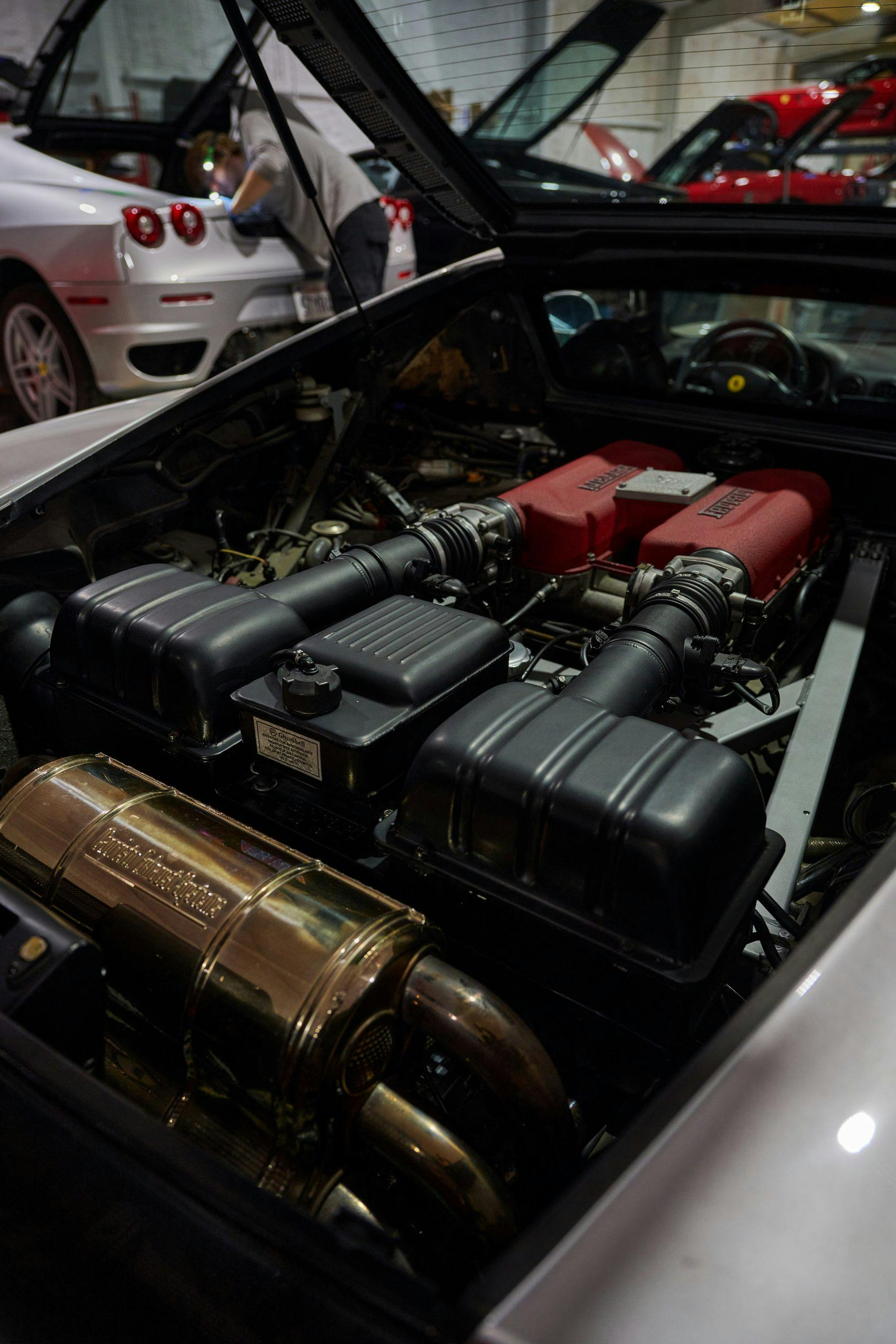


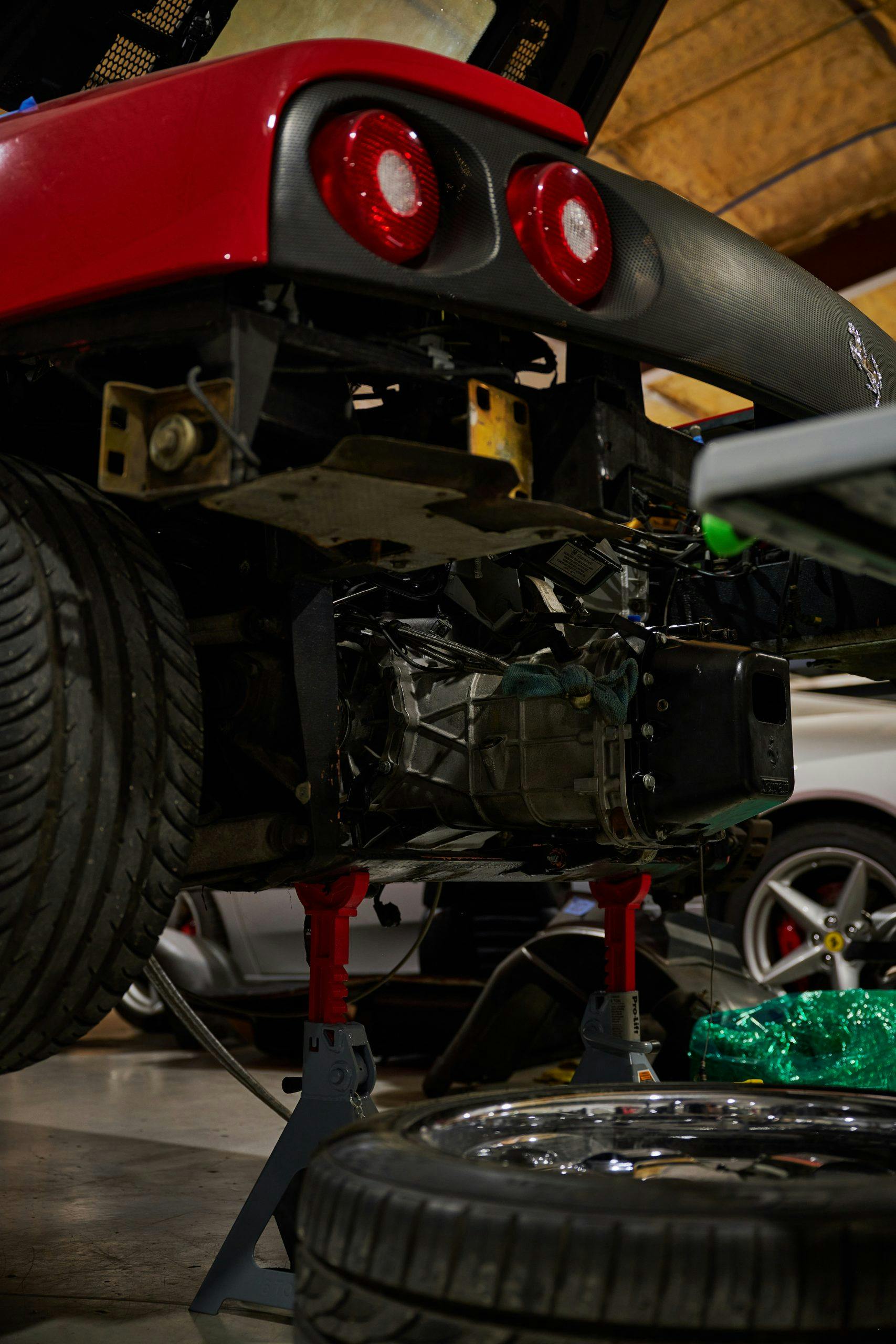
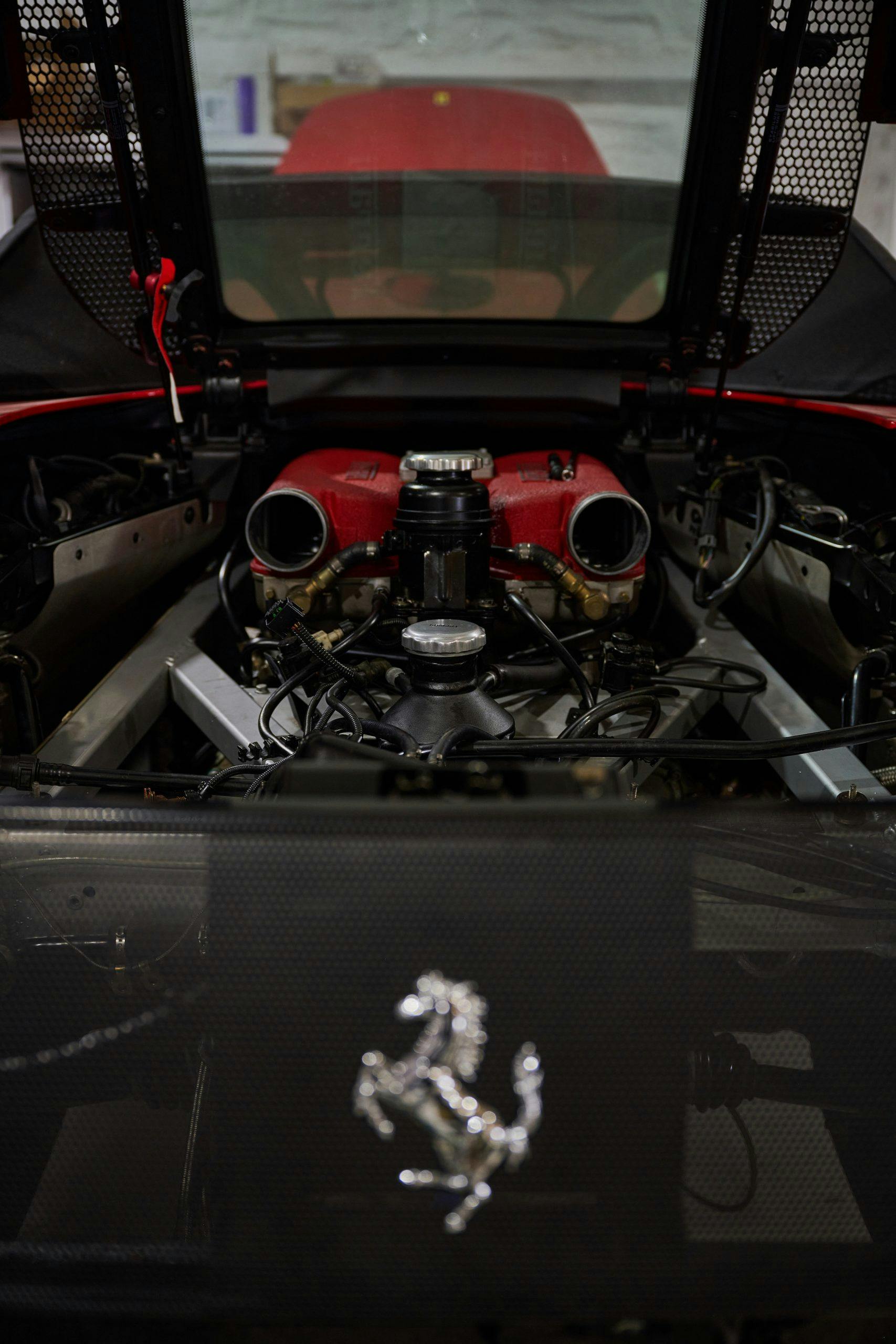
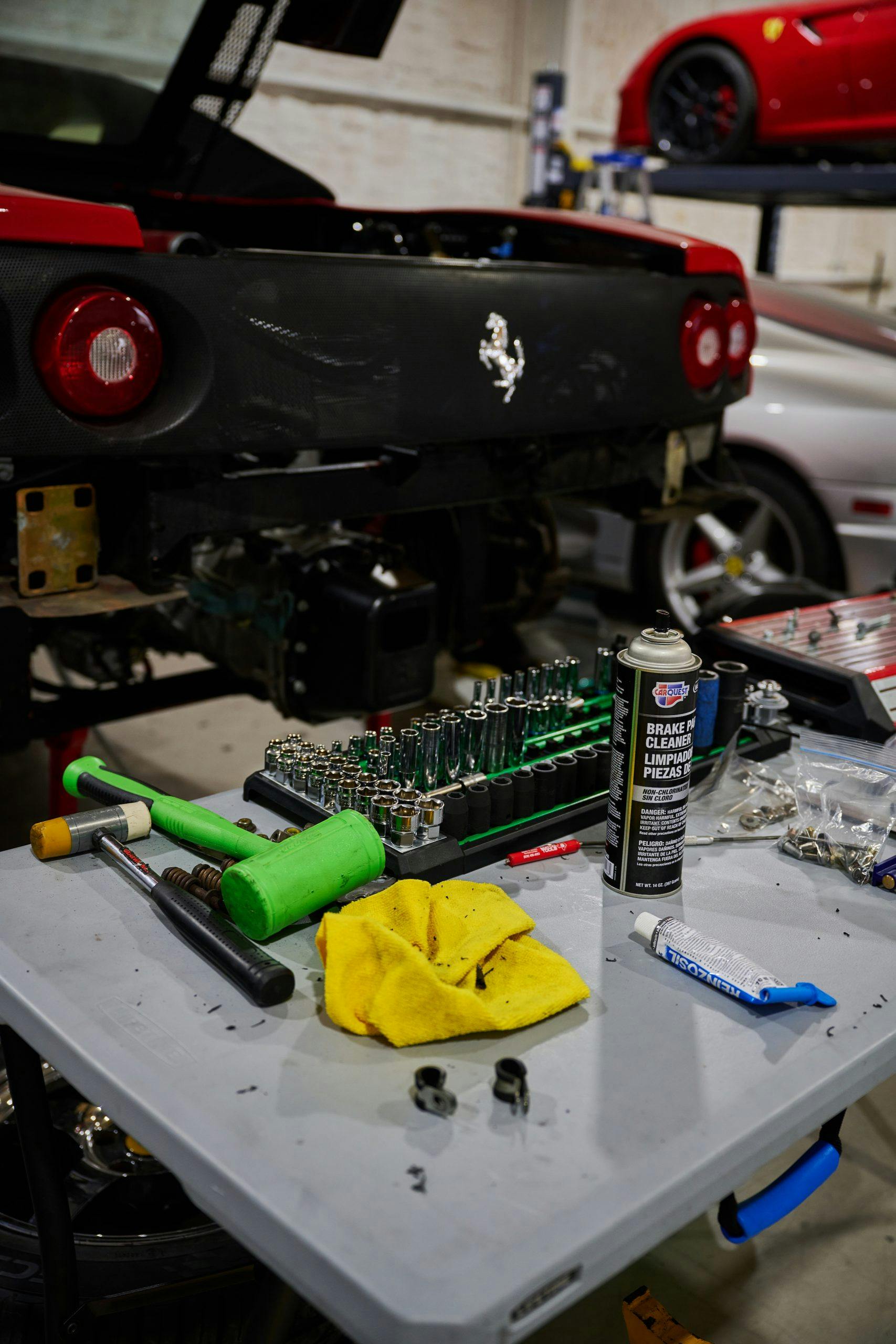
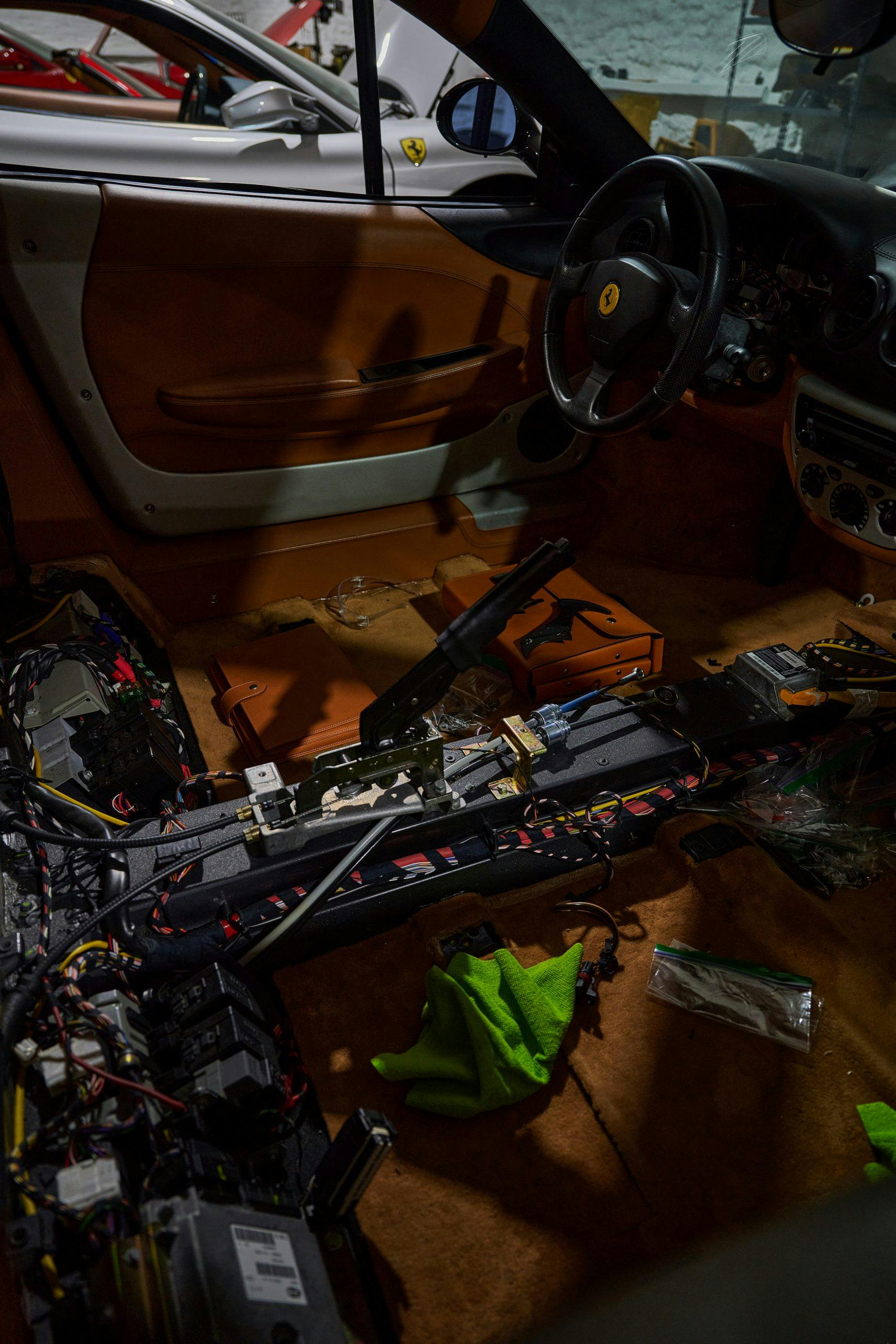
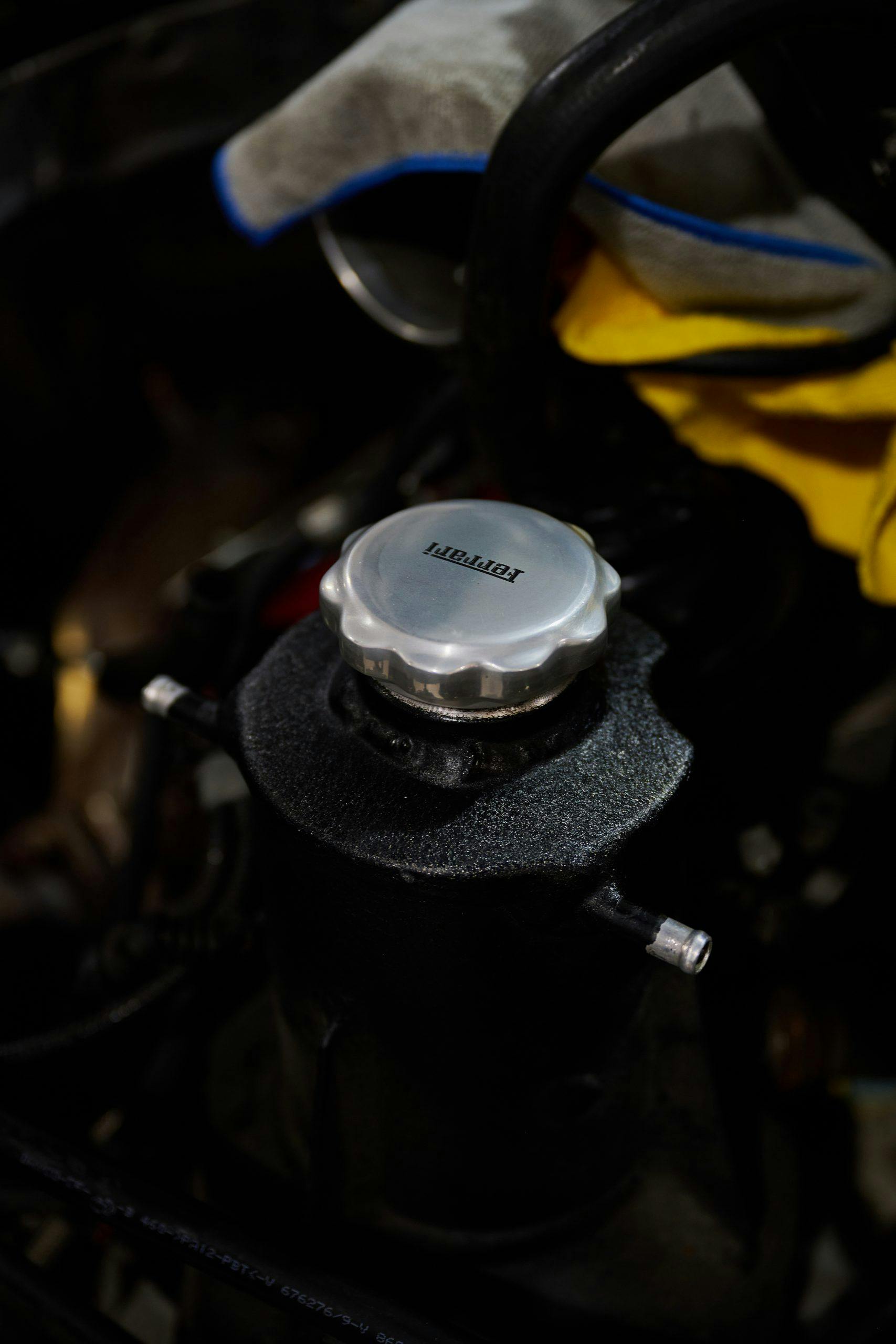

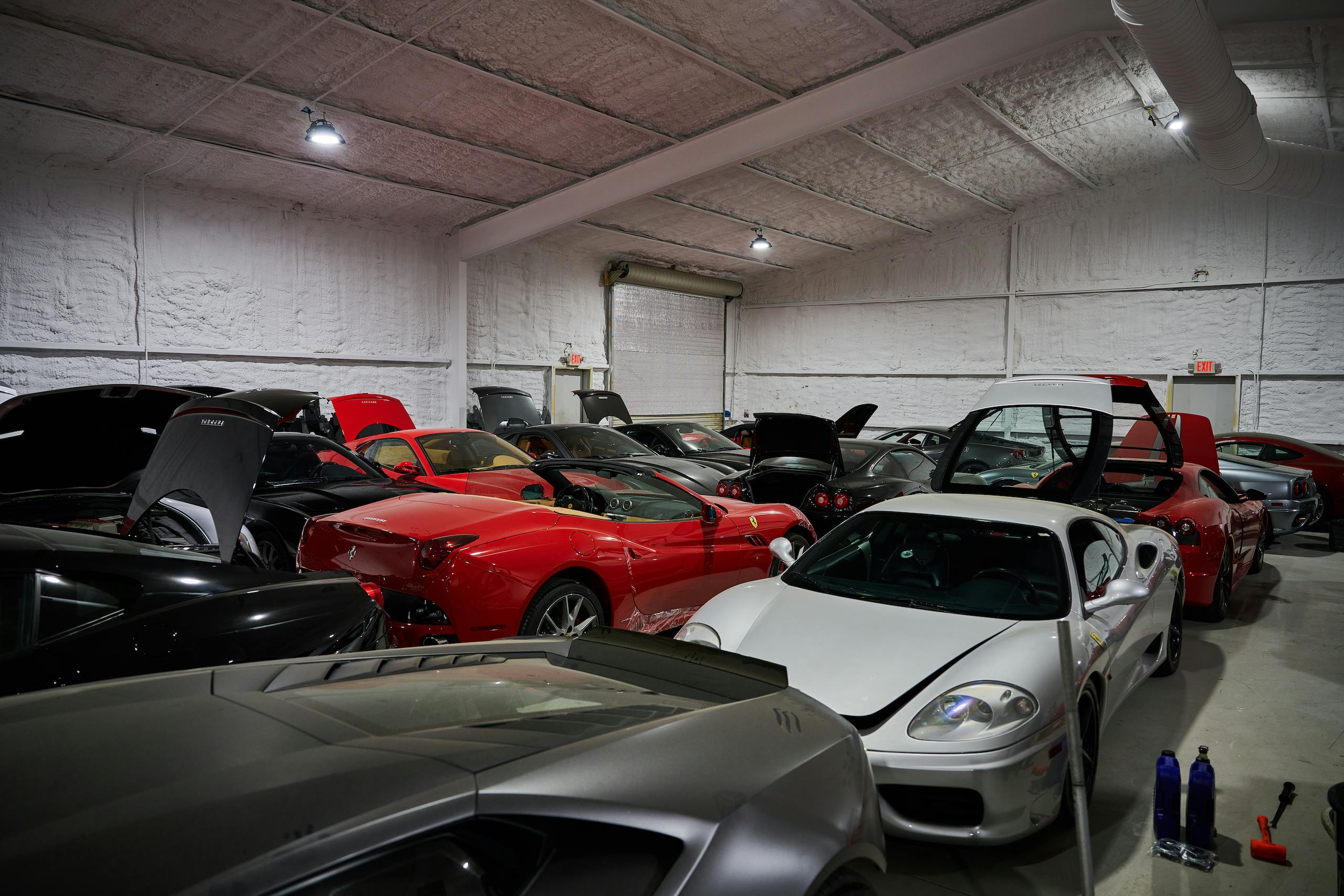

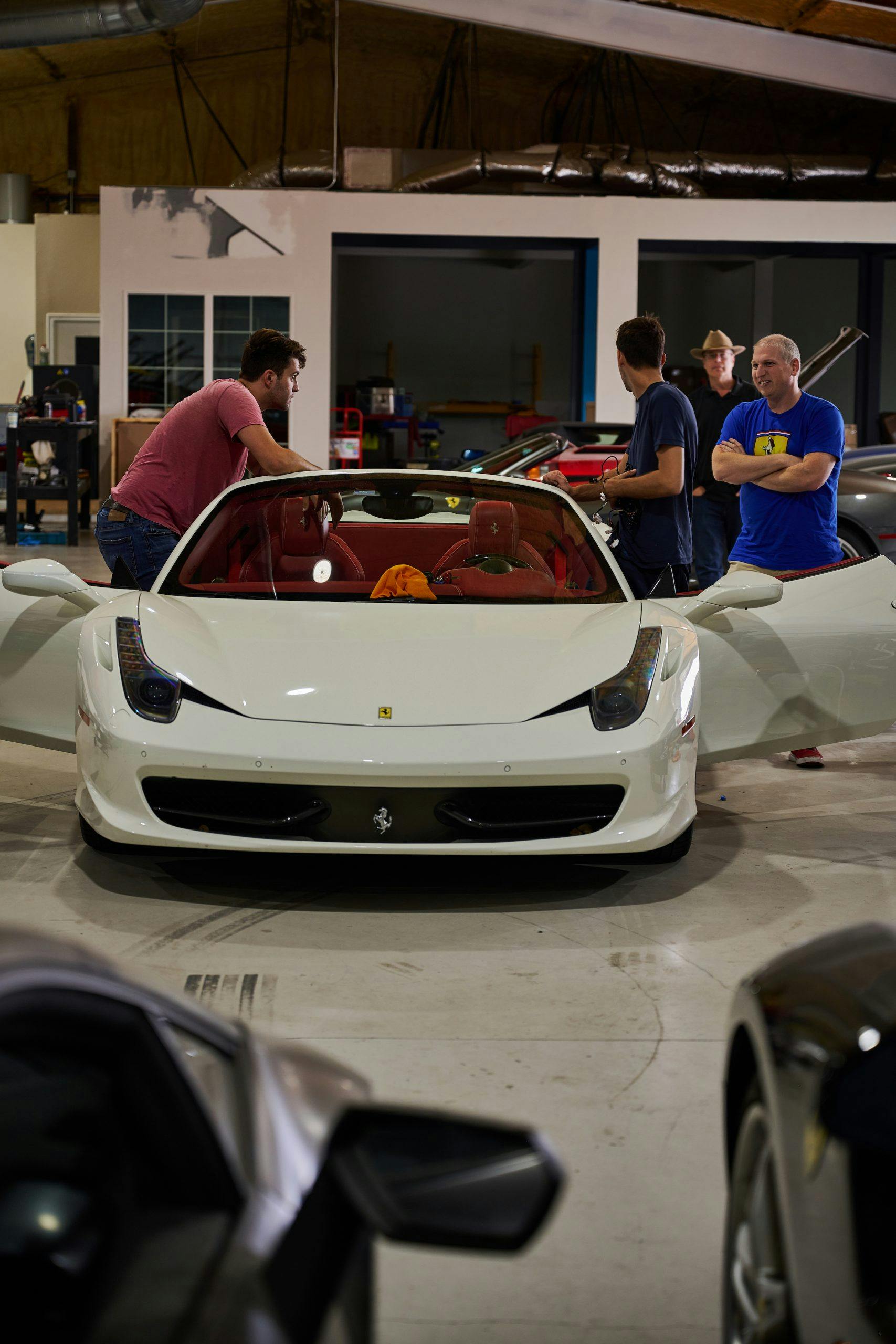




Great article, Thanks!